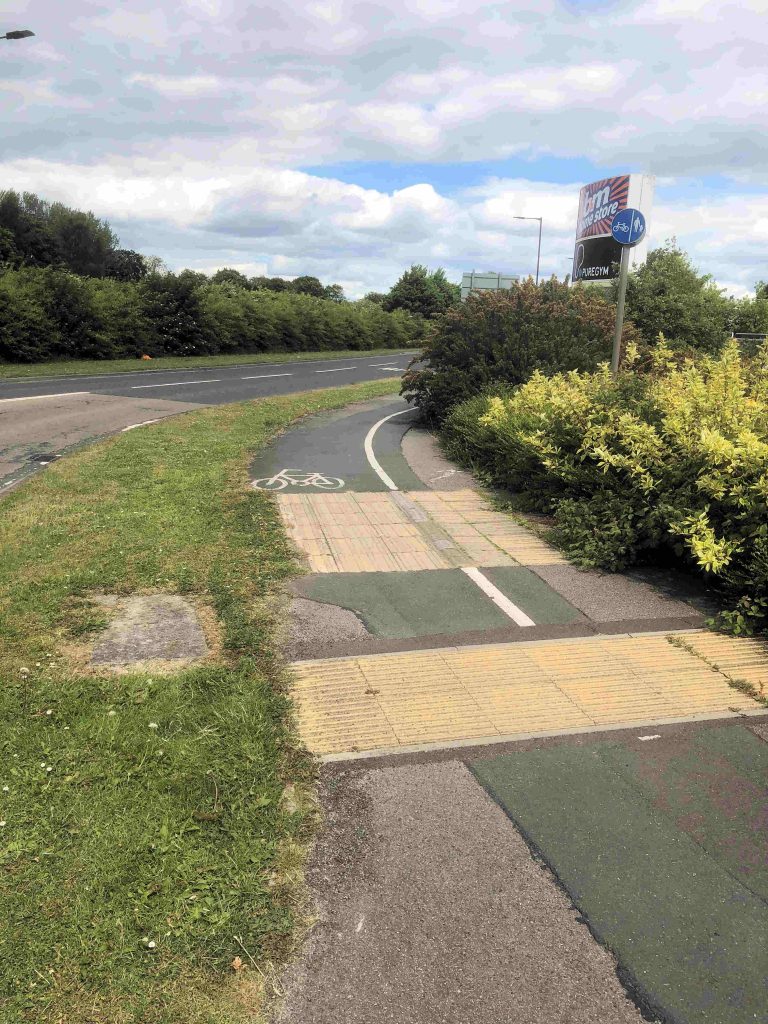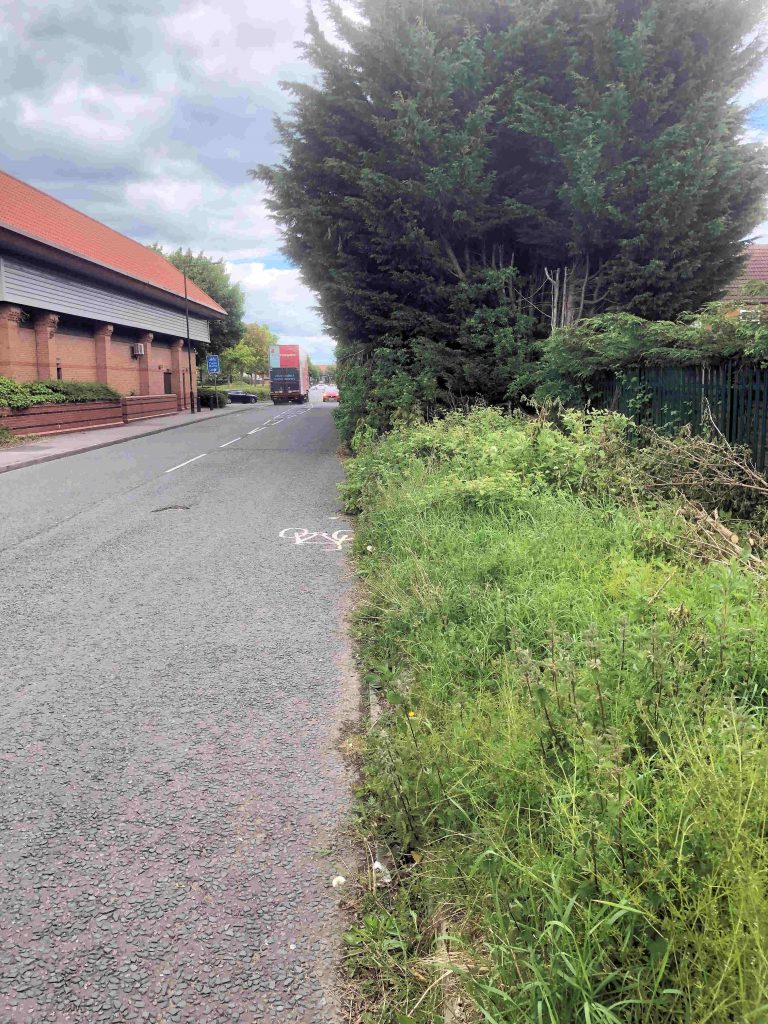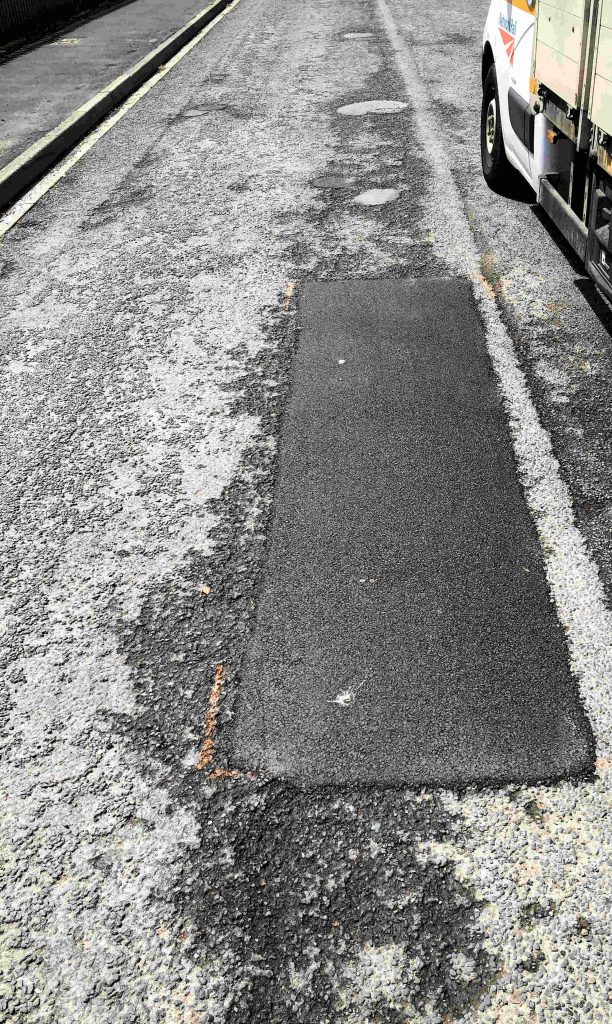
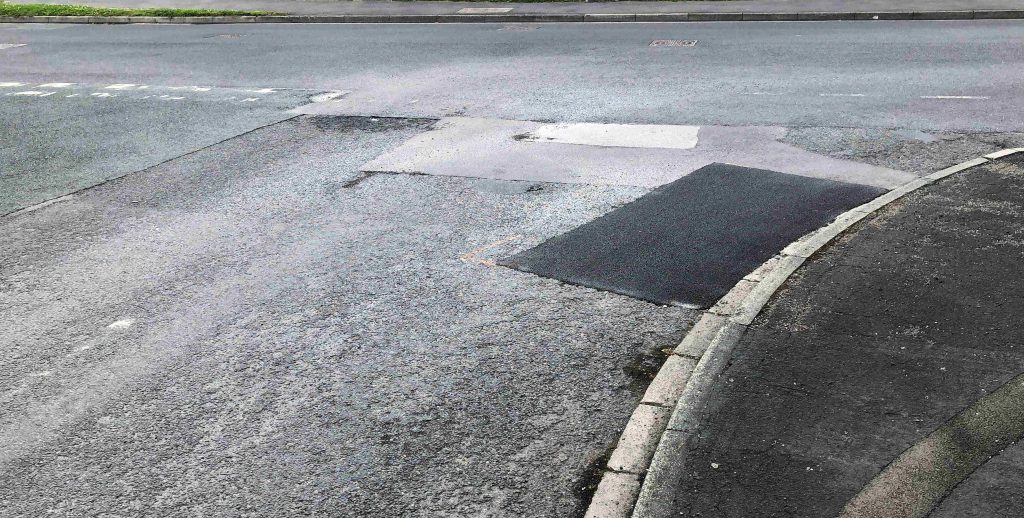
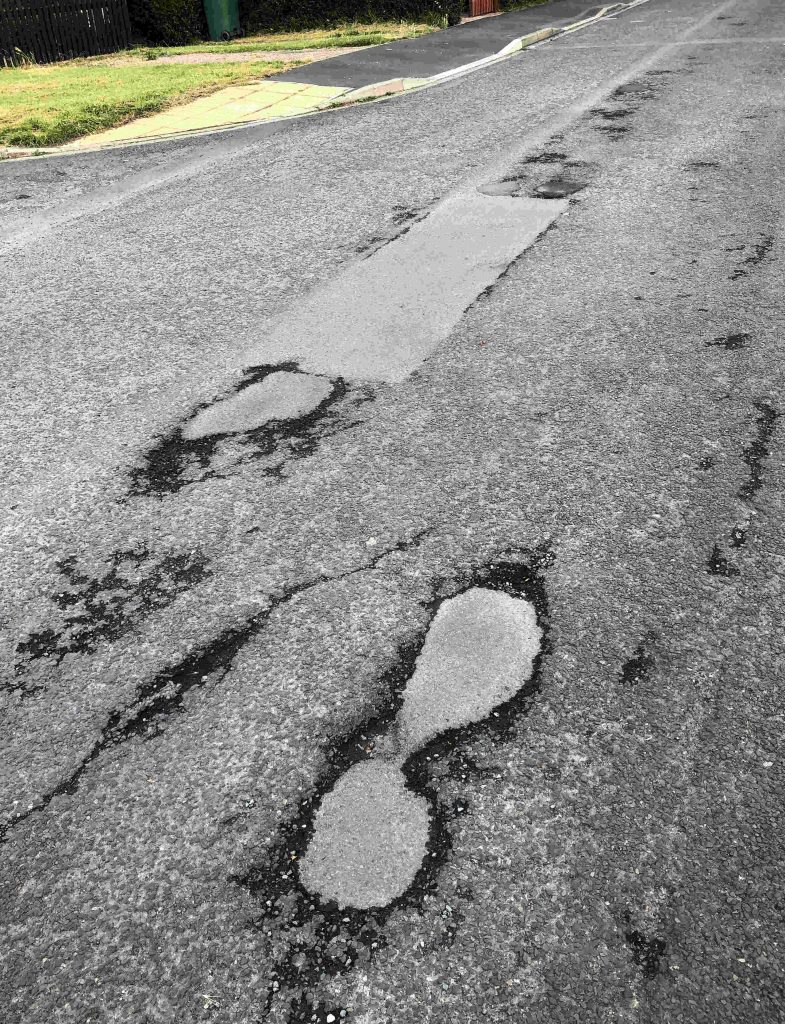
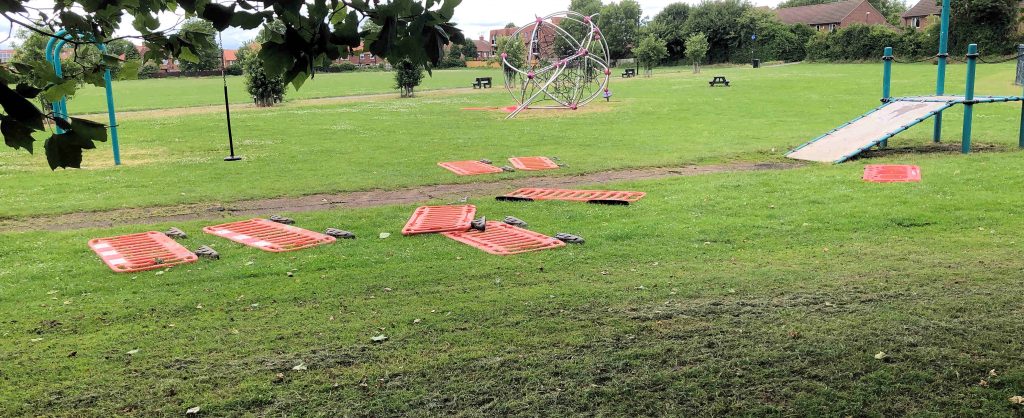
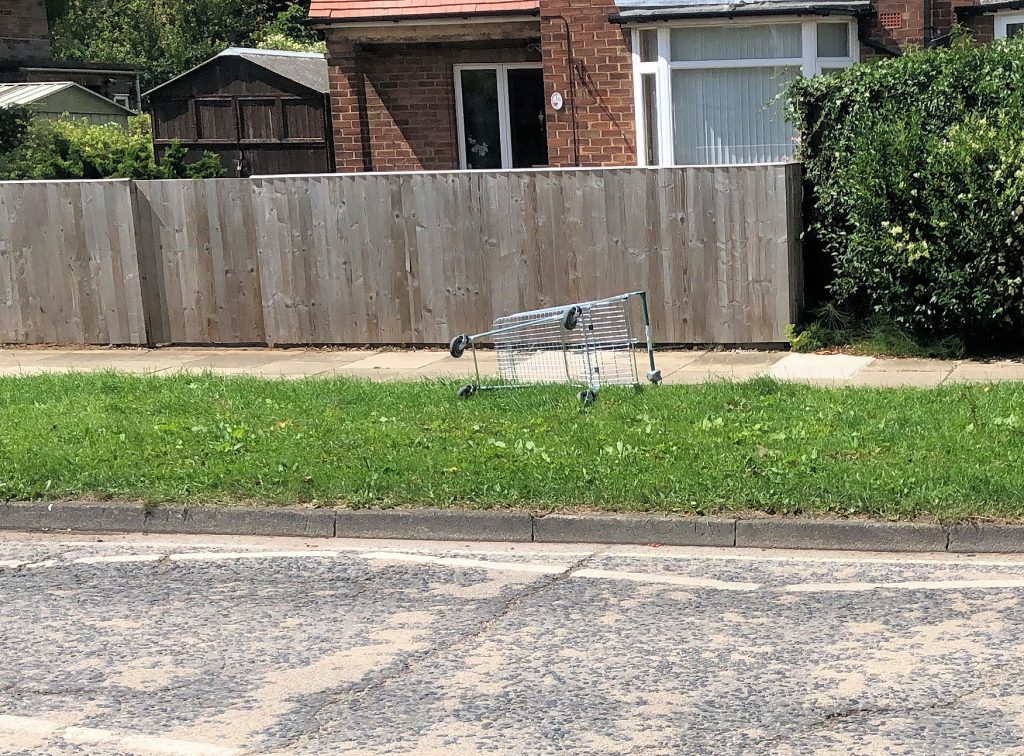
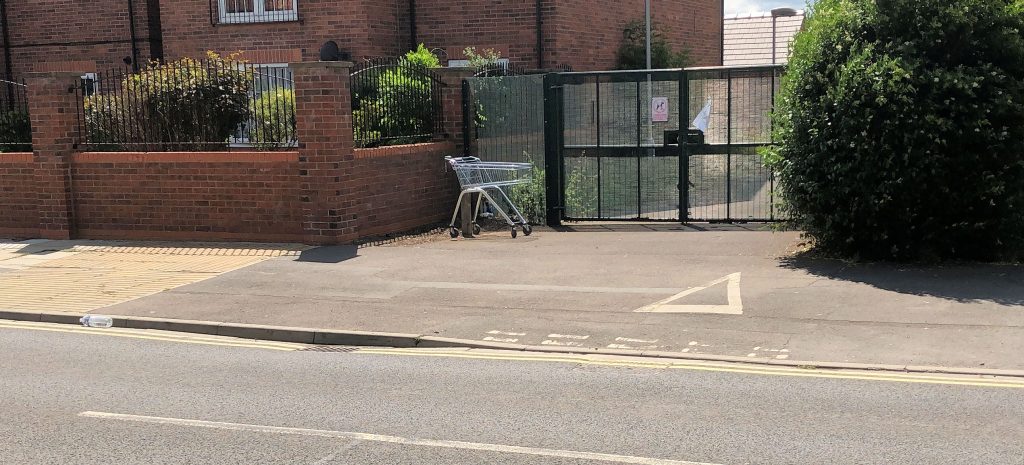
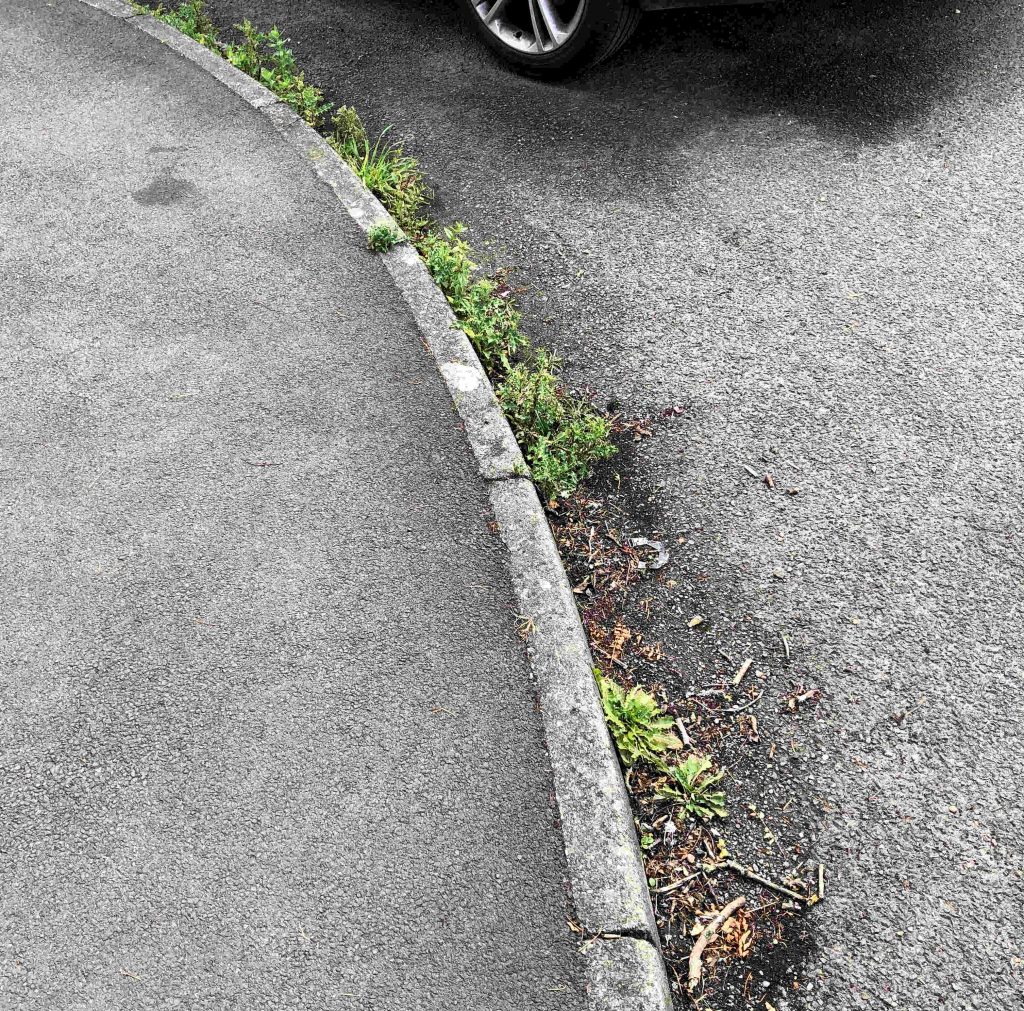
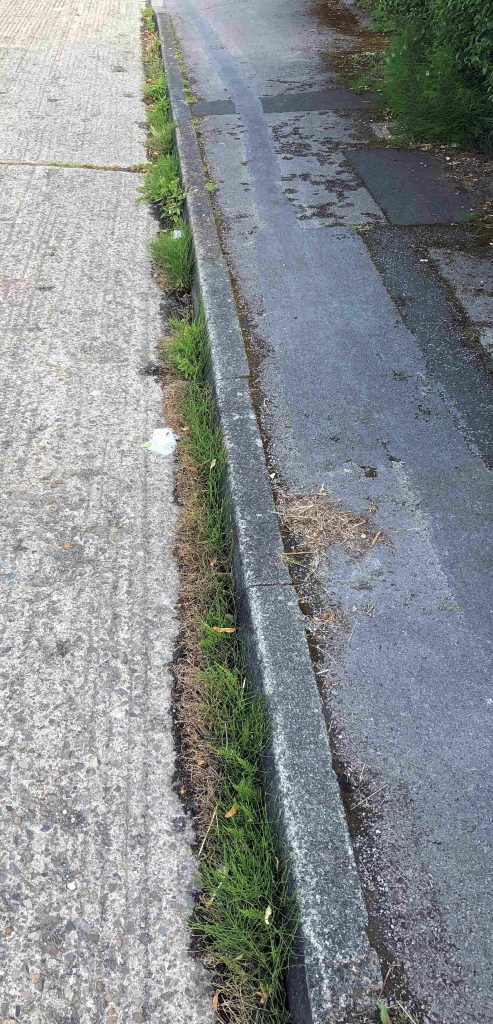








More trees are set to be planted this year as part of the Councils response to climate change. 50,000 are promised.
Officials say that the programme has been delayed by the heath scare although little progress seems to have been made in securing sites for the “forest”.
Over the last few months, residents have laid informal claims for the use of some unused areas of land on the City outskirts as informal exercise areas. These would be a good place for the Council to start looking for locations for planting although it does own several sites, including some near the river, which could accommodate more trees.
Informal walks through Acomb Wood, and the like, have brought home to more people the value of informal leisure space. Any Council initiative is likely to have popular support if it is pressed through quickly now.
Hopefully they will remedy the mistakes of the past and avoid planting inappropriate species of trees too close to paths and highways.
We have already learned that nearly £500,000 is required to repair part of the York – Selby cycle path which has been badly damaged by tree roots. One lesson is the need in the future to install “root shields” at vulnerable locations.
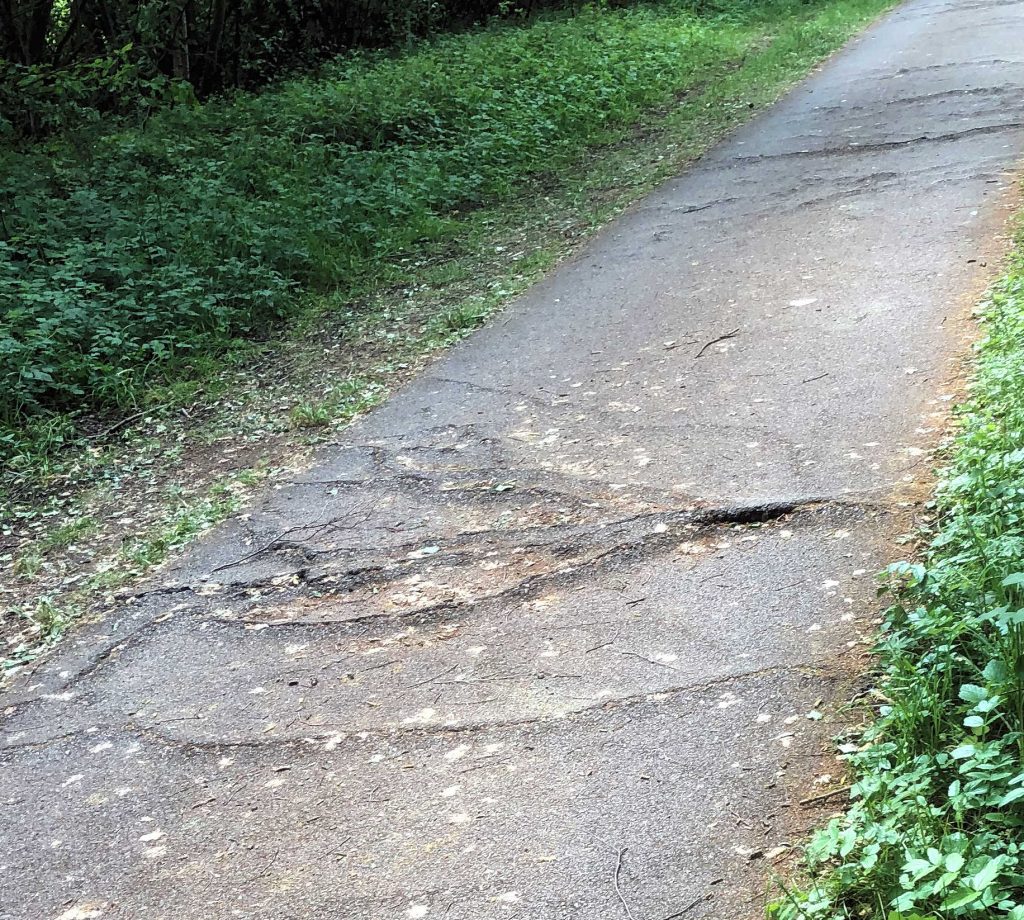
There are similar problems in the urban area
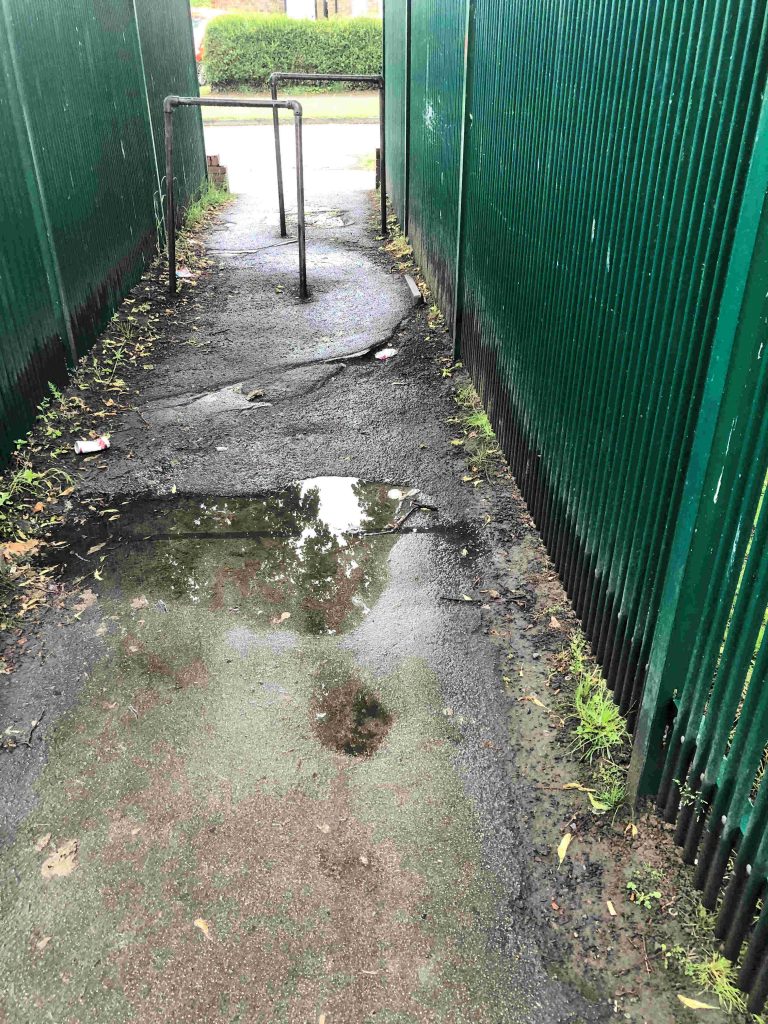
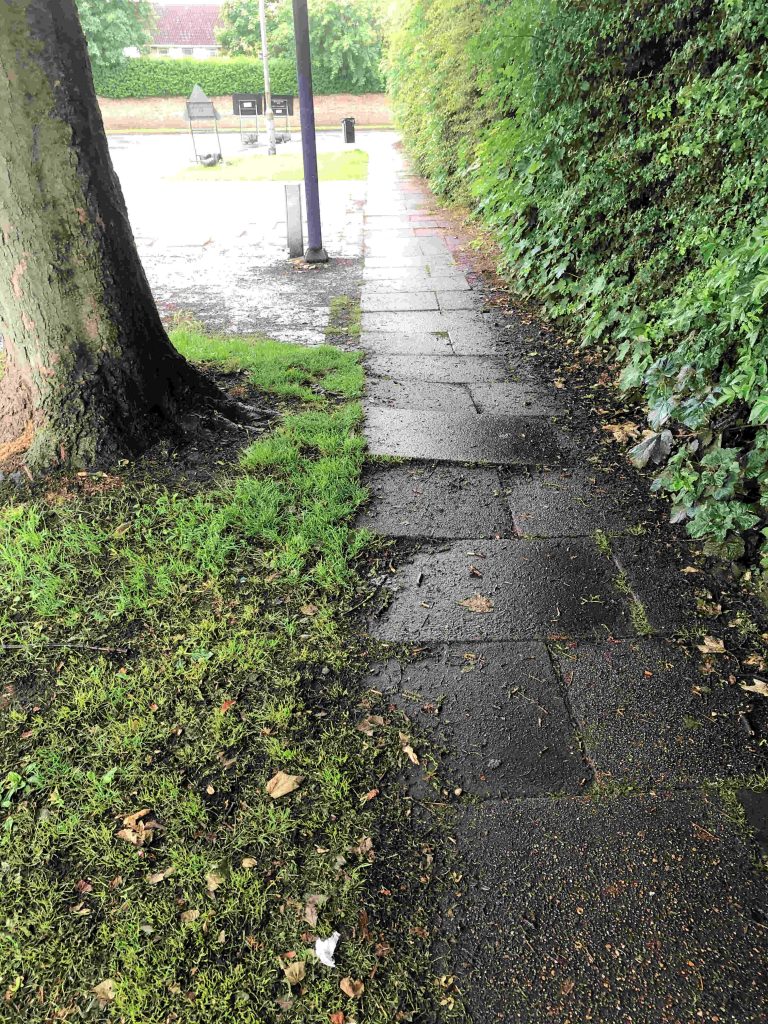
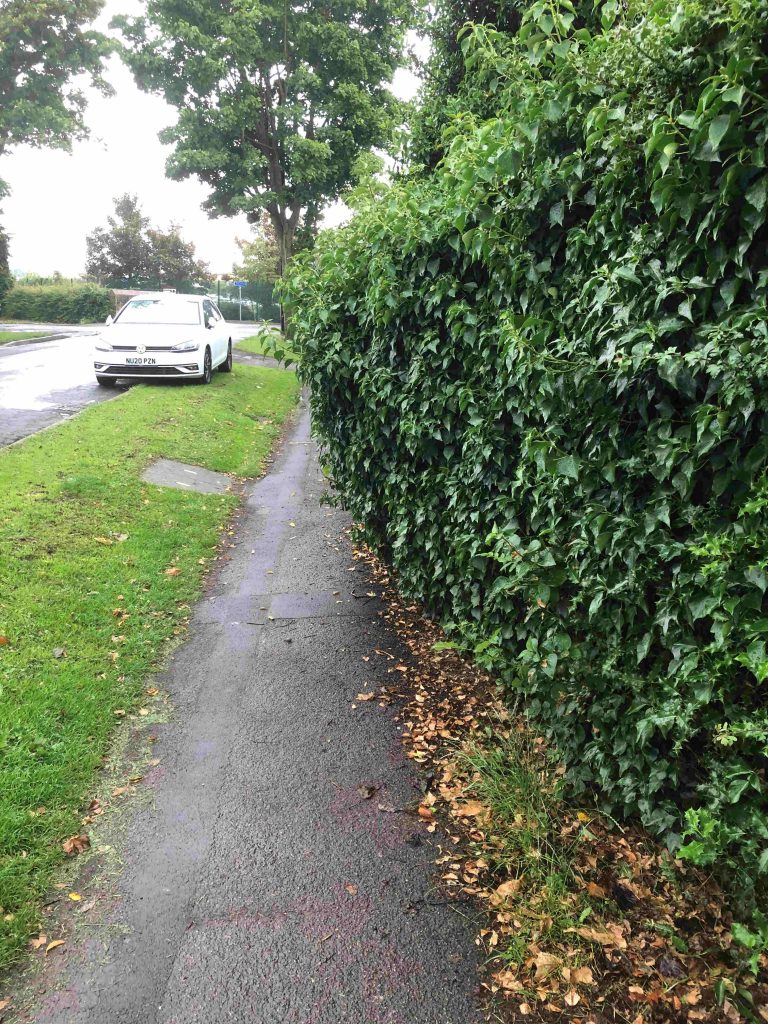
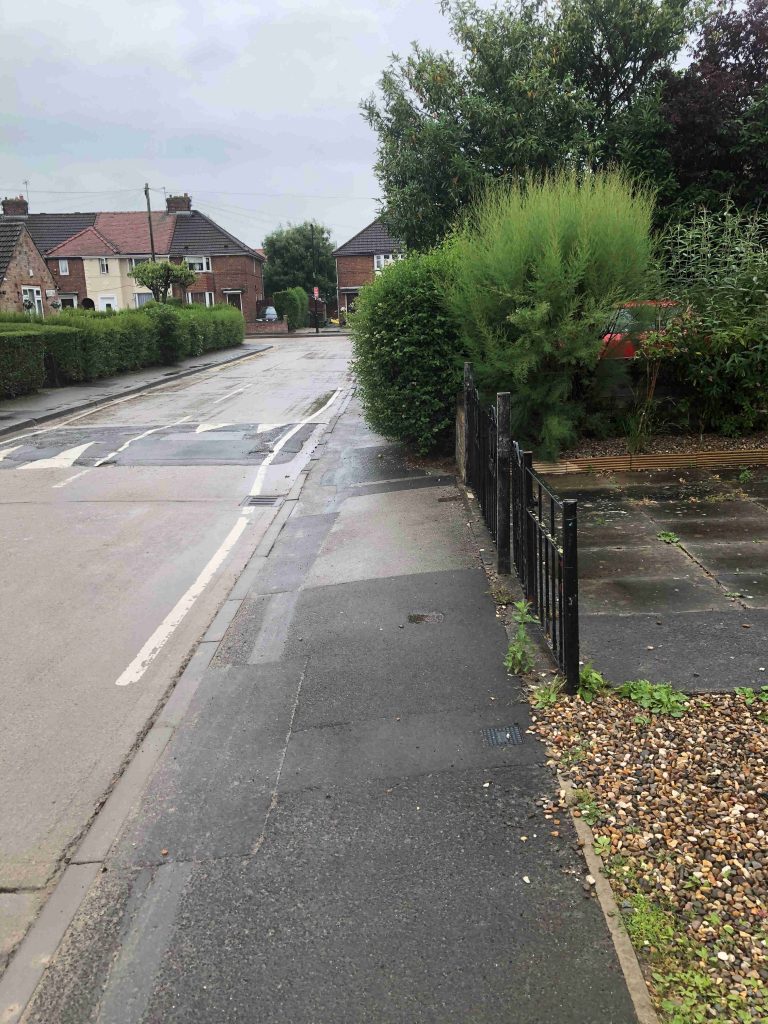
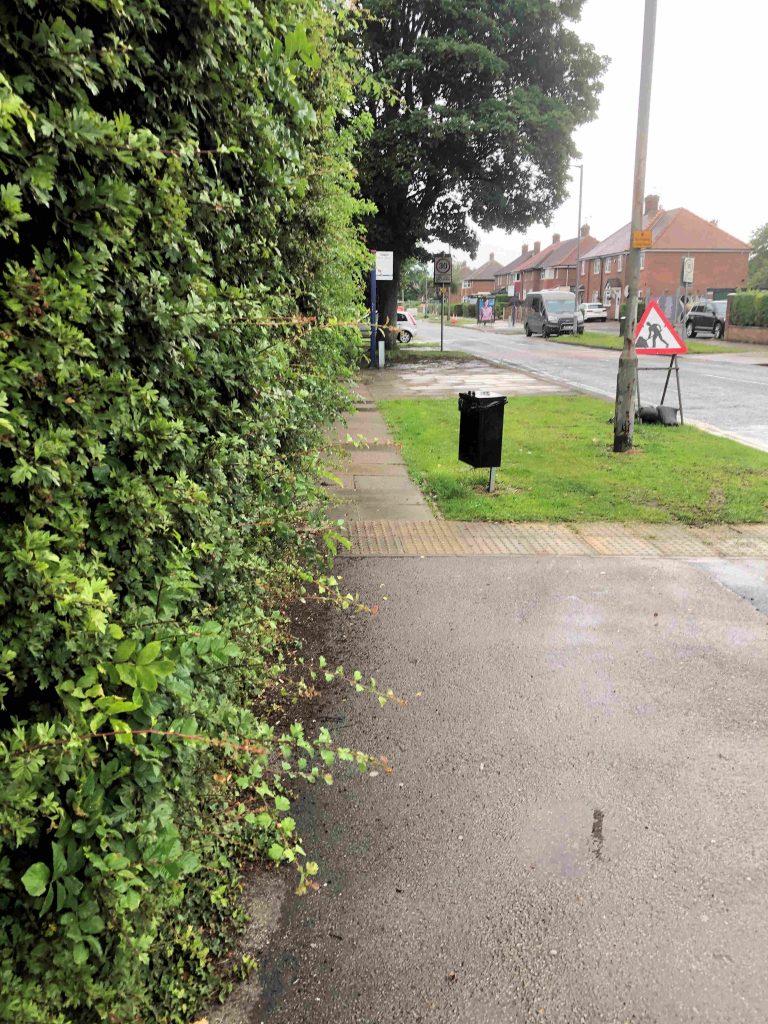
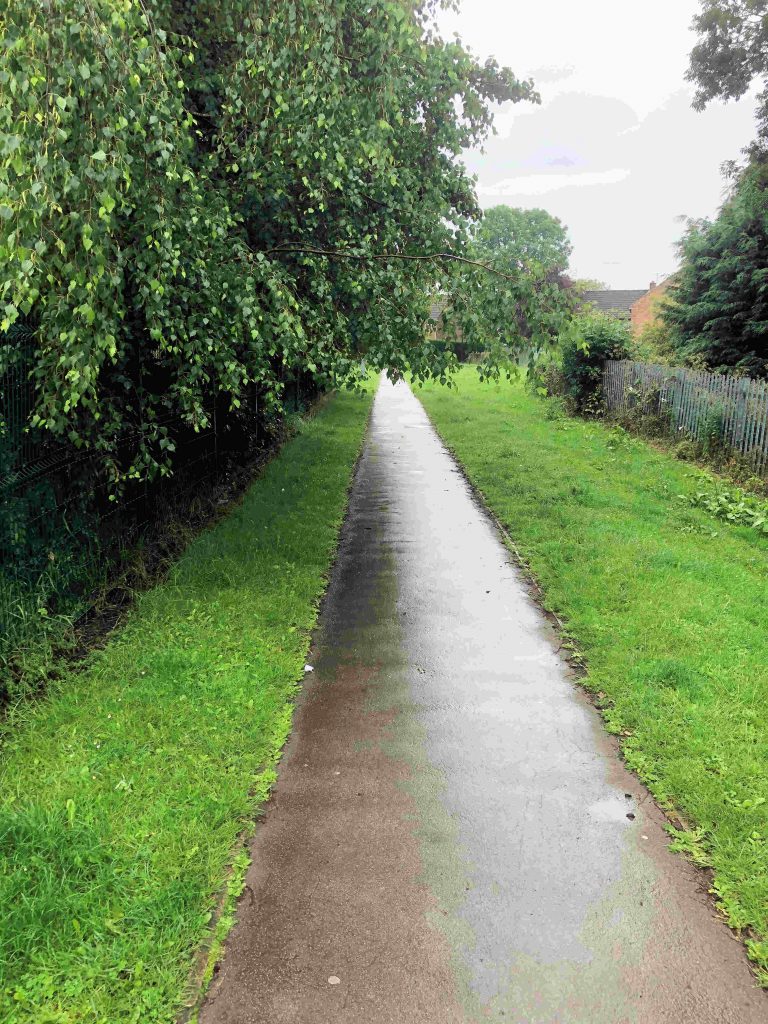
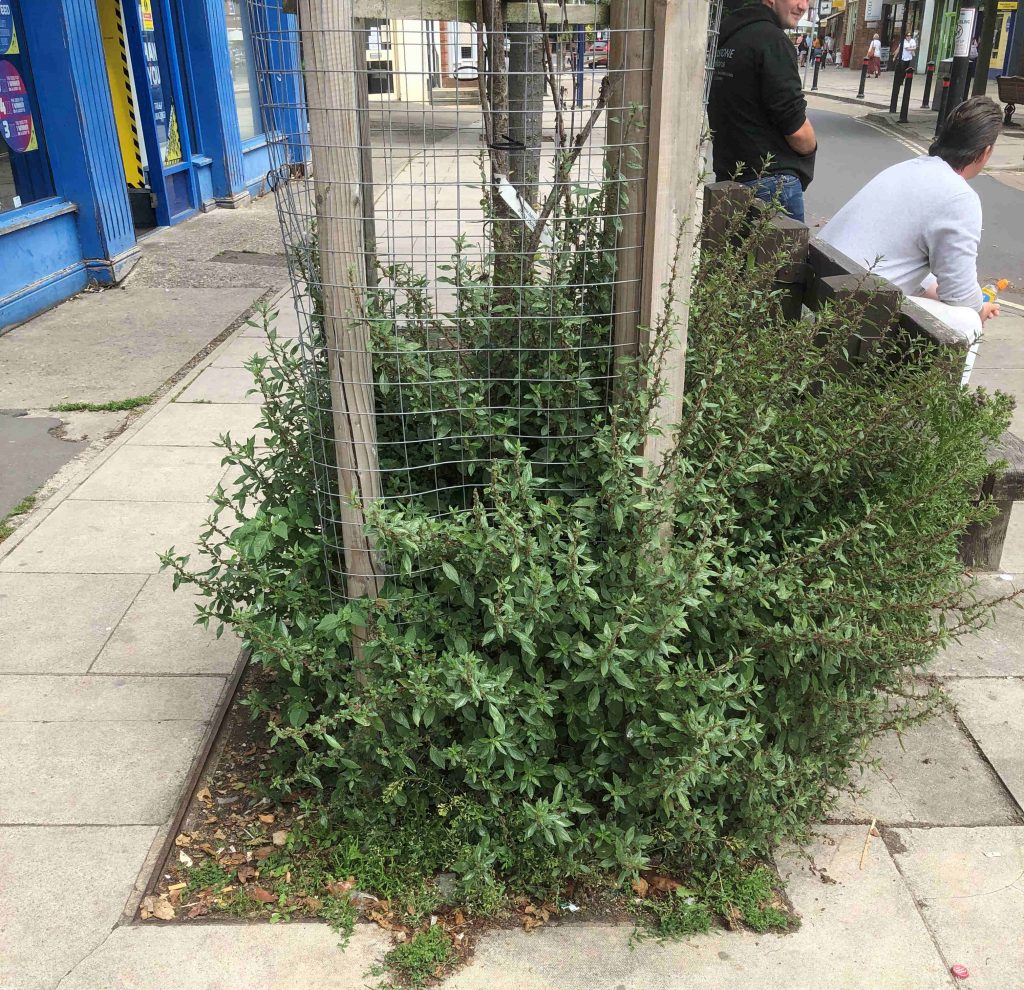
Its taken a long time, but the cycle path on Tadcaster Road (A1036) has finally been cleared of obstructions. A one metre margin has been cut and the worst of the overgrowing branches have been trimmed.
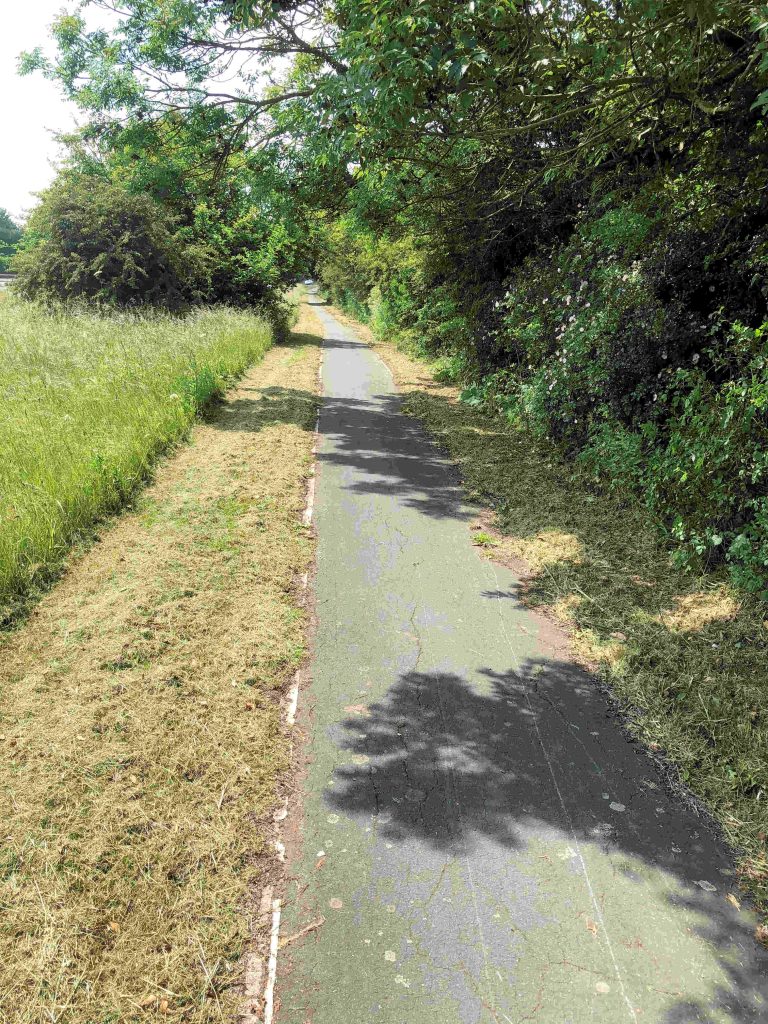
The Council still needs to apply some weed killer where grass is breaking through tde surface of the path.
There really needs to be an inspection regime put in place to avoid problems in the future on this, and other, dedicated paths.
The York Council took steps to secure playgrounds when the health crisis deepened in March.
Where playgrounds couldn’t be secured, some a attempt was made to surround equipment with barriers.
The intention was to stop transmission of the COVID virus through contact with the equipment. Similar campaigns were initiated on street gym equipment while the “wash your hands” message was continually reinforced.
After nearly 4 months, and with some children now returning to school, perhaps not surprisingly the lure of taking a turn on the play equipment is proving too be strong for some.
Children were playing on the climbing frame and on the zip wire on Foxwood Lane yesterday.
The Council needs to review its policies and – if appropriate – make additional efforts to discourage use of communal play equipment.
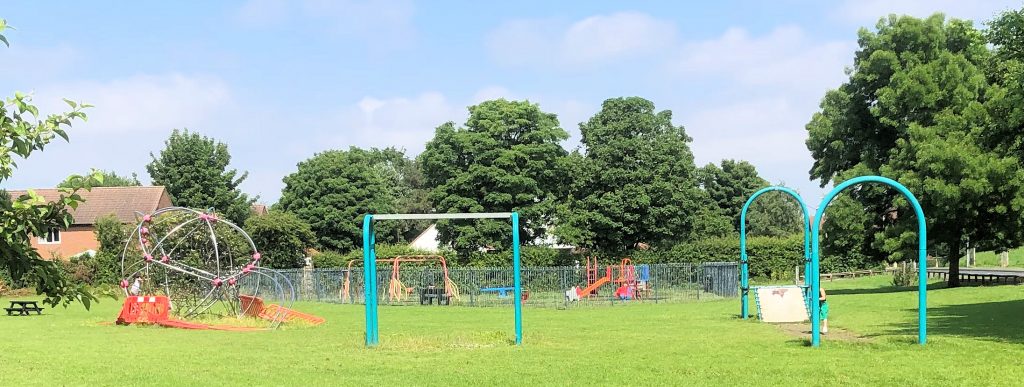
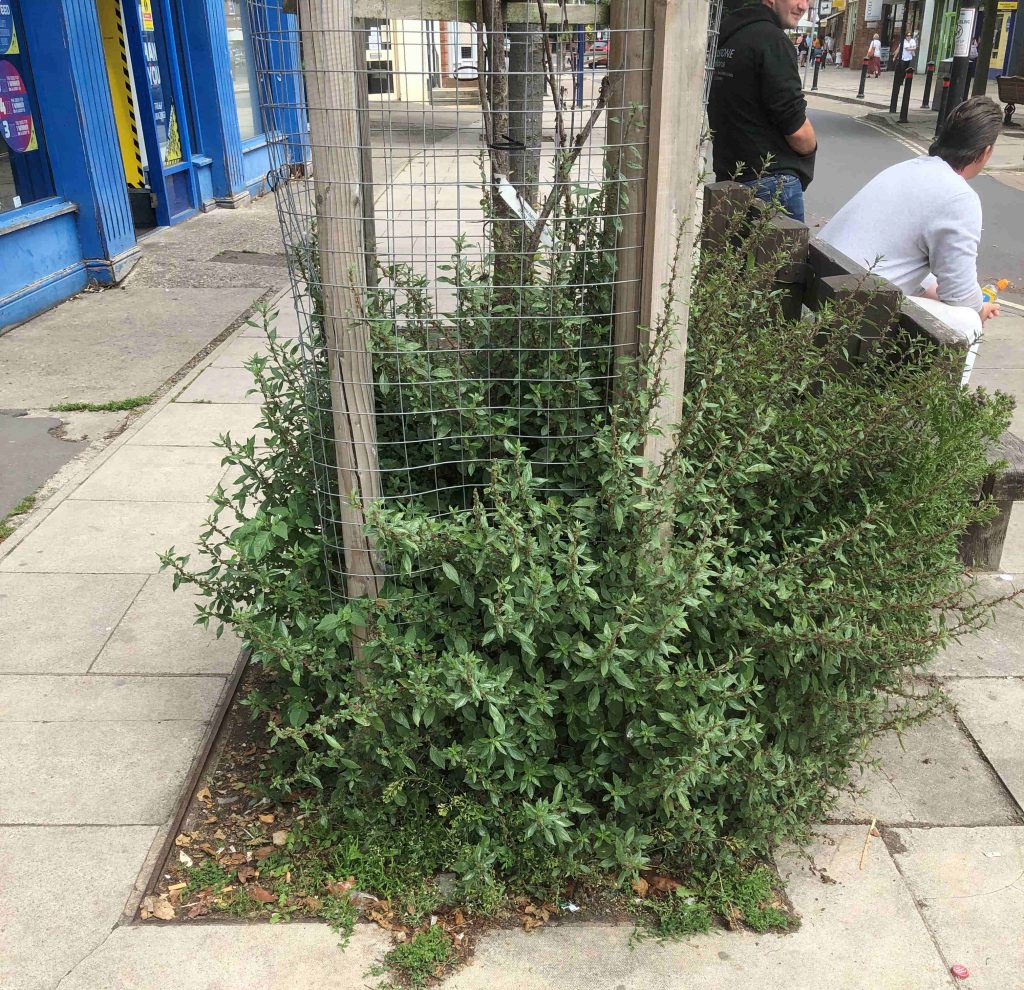
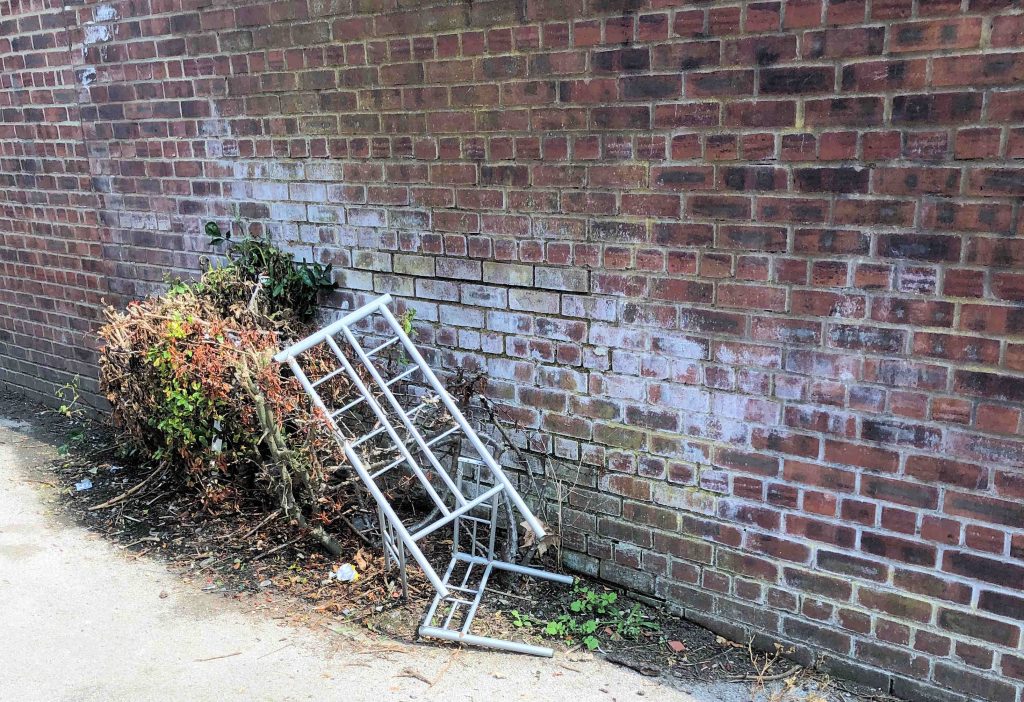
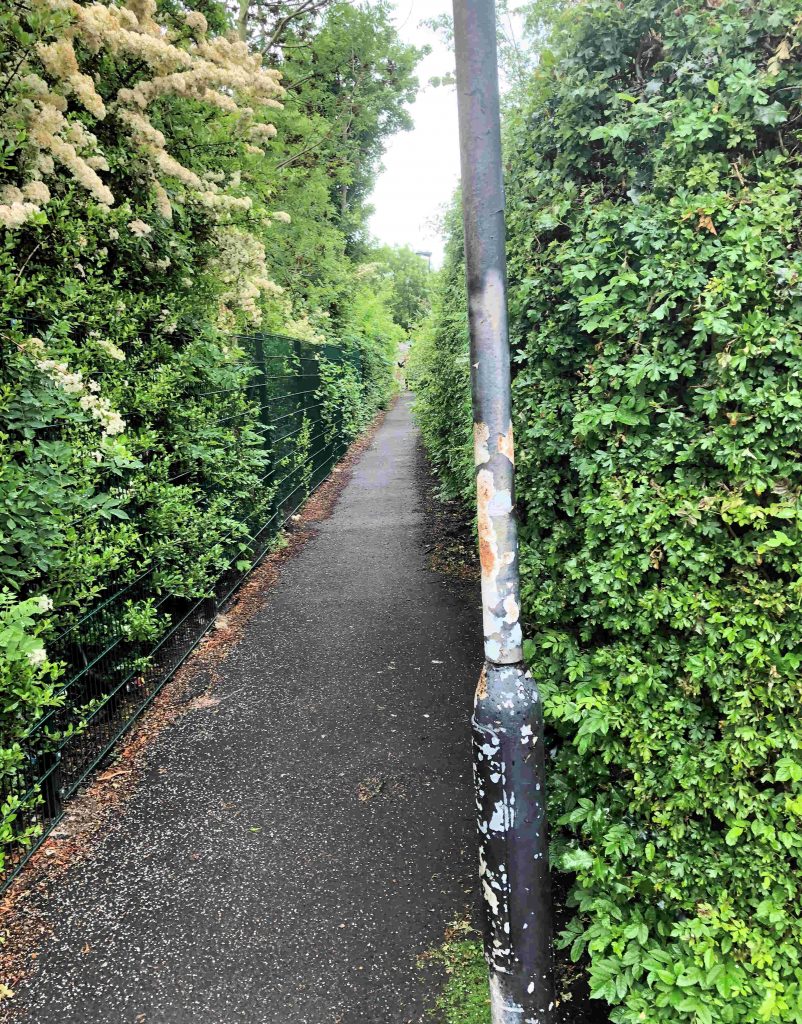
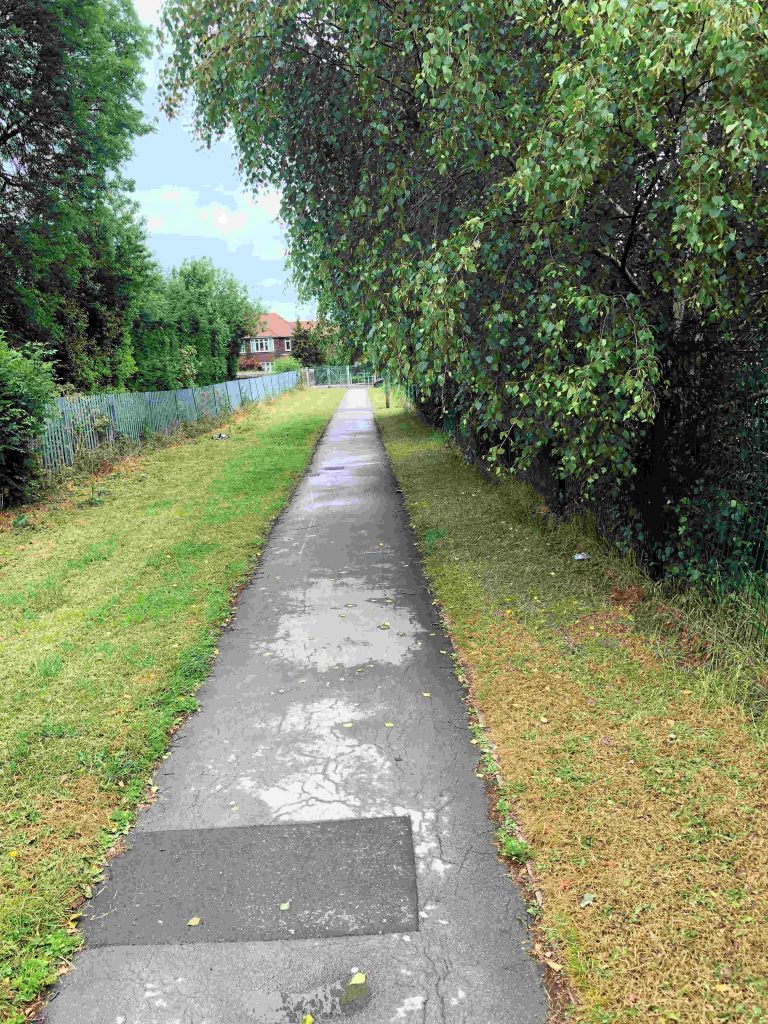
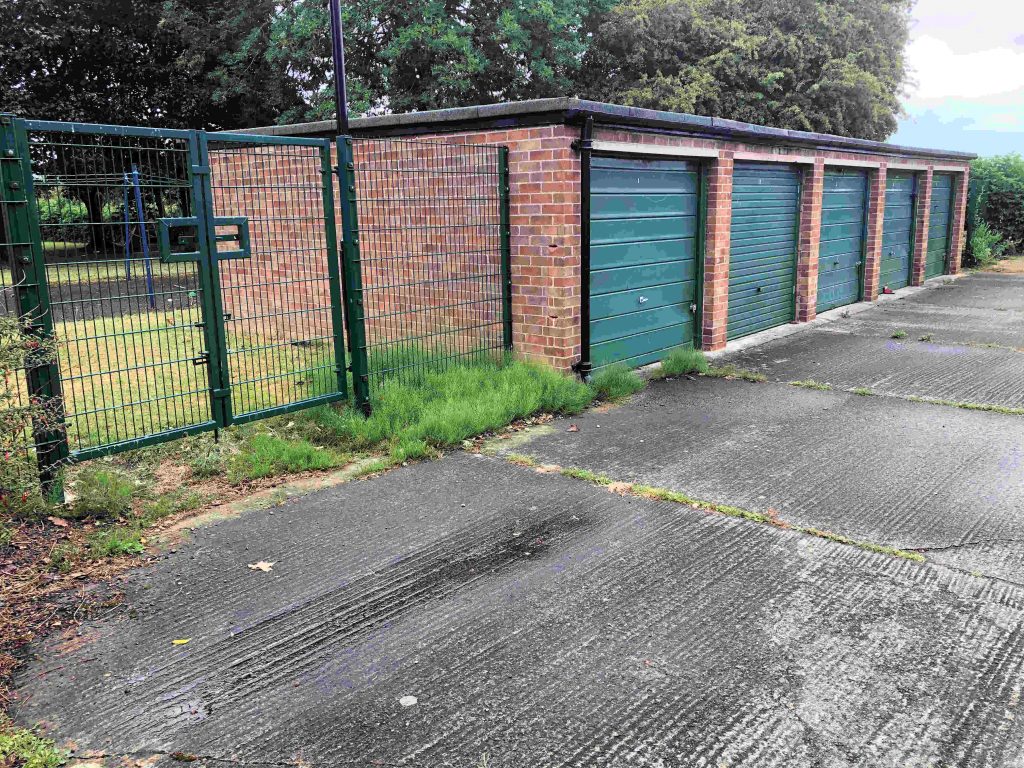
Pleased to report that the Council has been out and about dealing with some of the issues that we have reported regarding weed growth. Several areas have been cleared this week including the little Green Lane garage forecourt. .
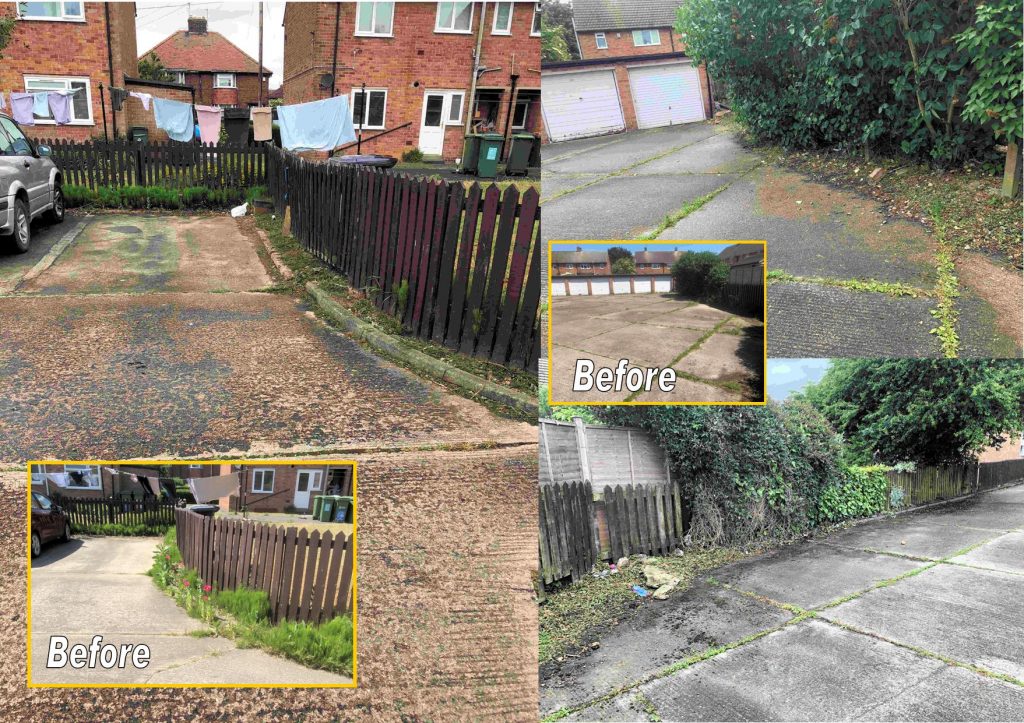
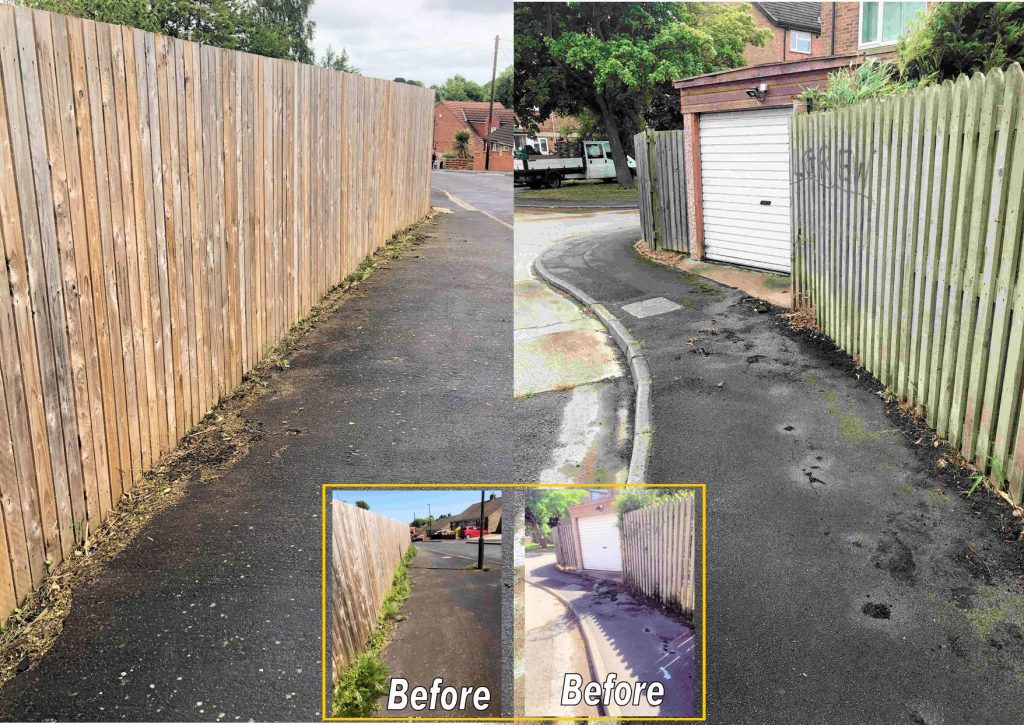

Still a lot to do. The next application of weedkiller is due at the end of the month.
We had hoped that work on keeping paths and hard surfaced areas free of weed growth would be more successful than last year.
Despite treatment starting over a month ago it does look like several areas have again been missed off the programme.
Local residents have treated parts of some problem areas to test how long proprietary weedkillers take to clear undergrowth off paths and forecourts.
If the treatment is successful then there will be some serious questions for the Council to answer about their performance.
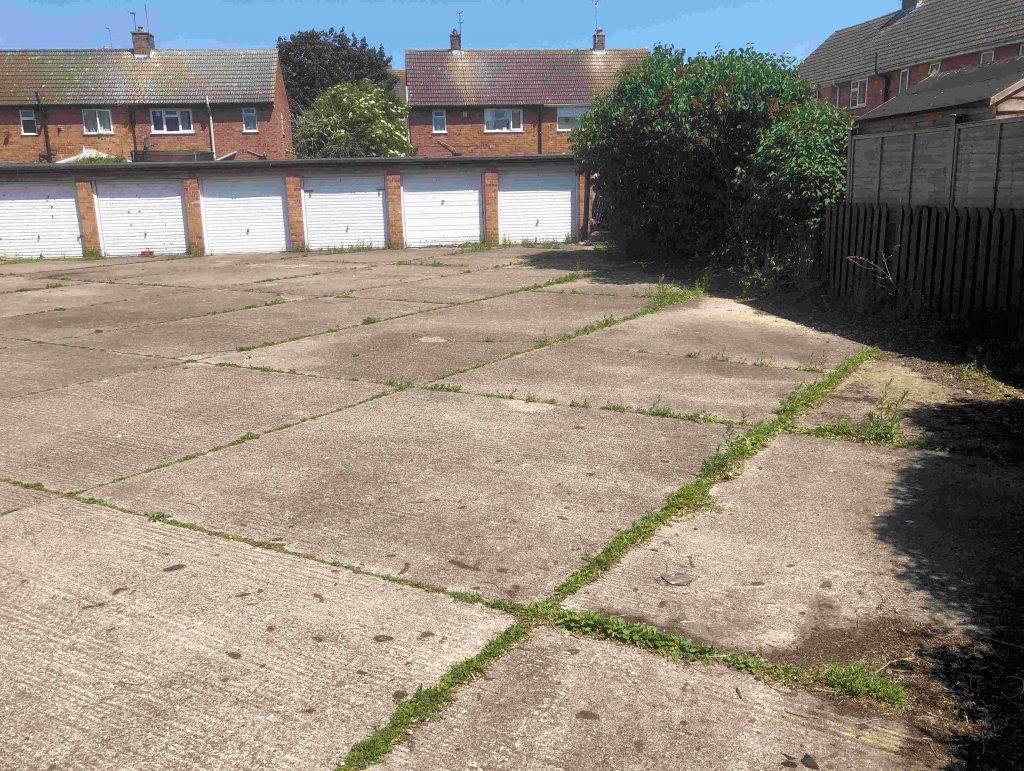
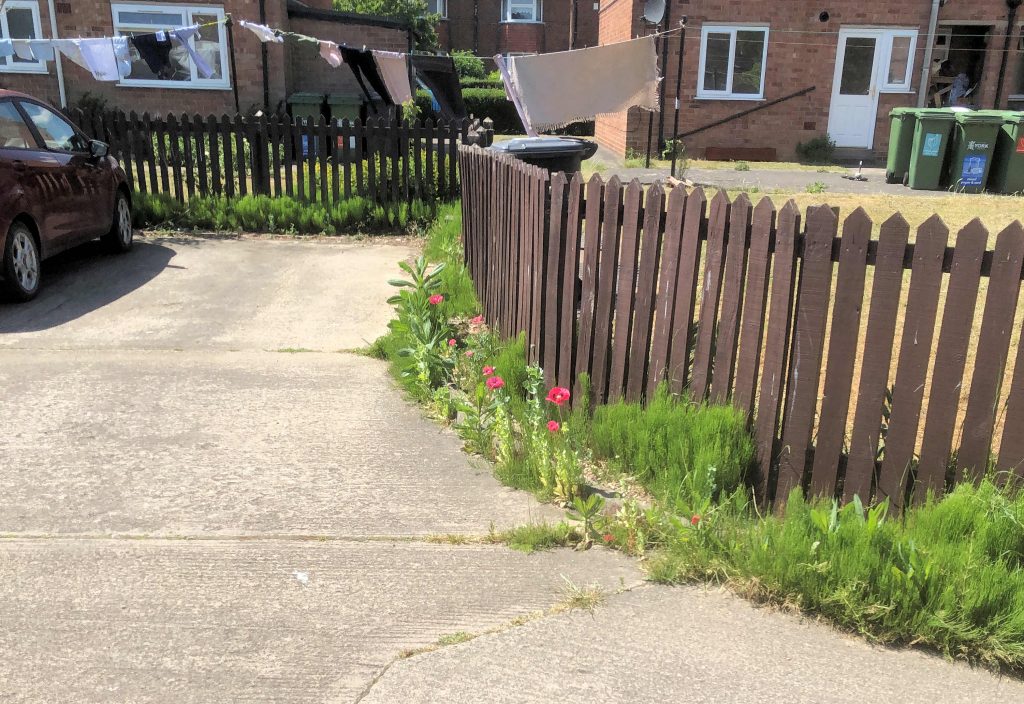
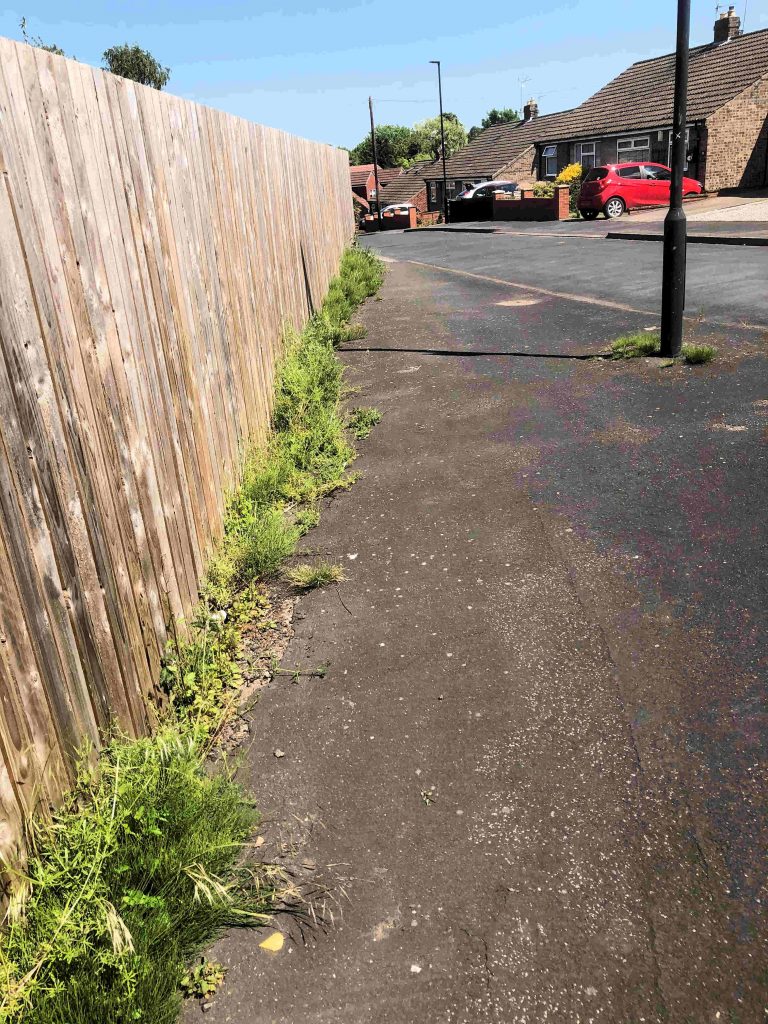
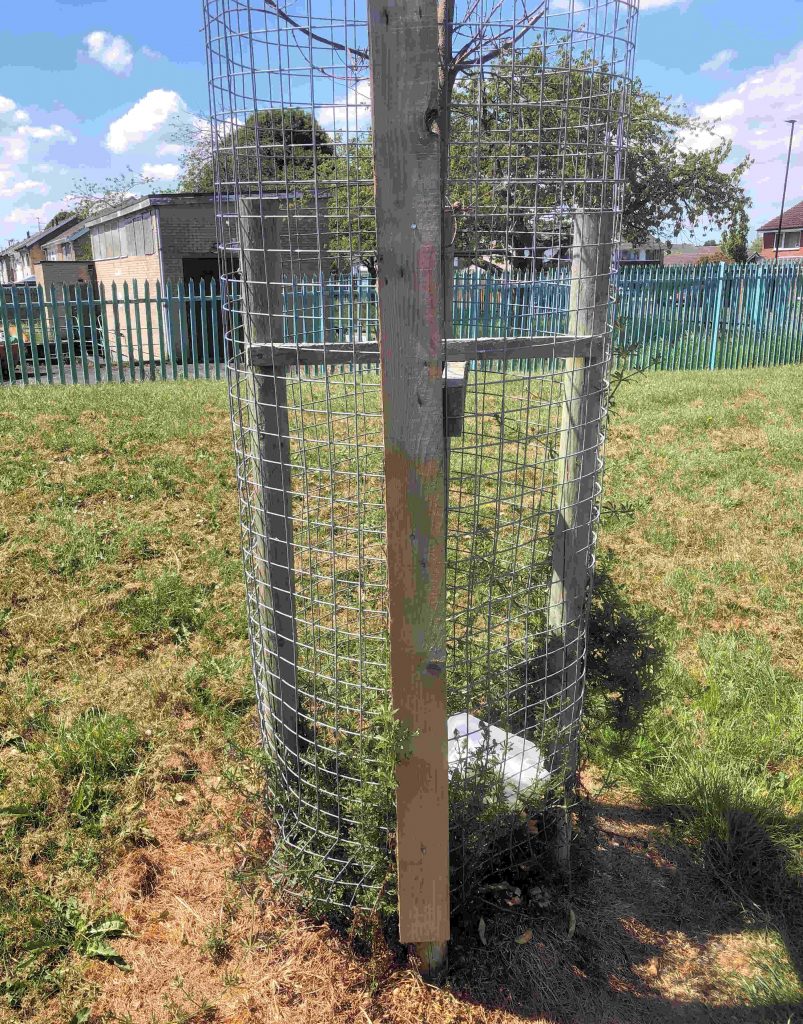
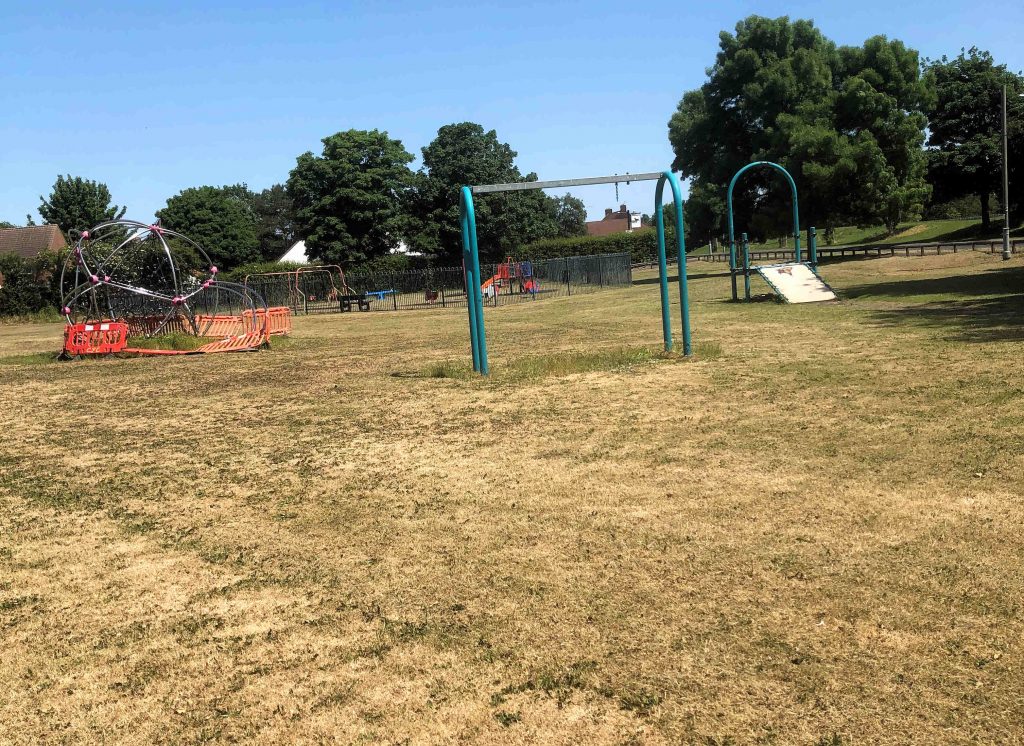
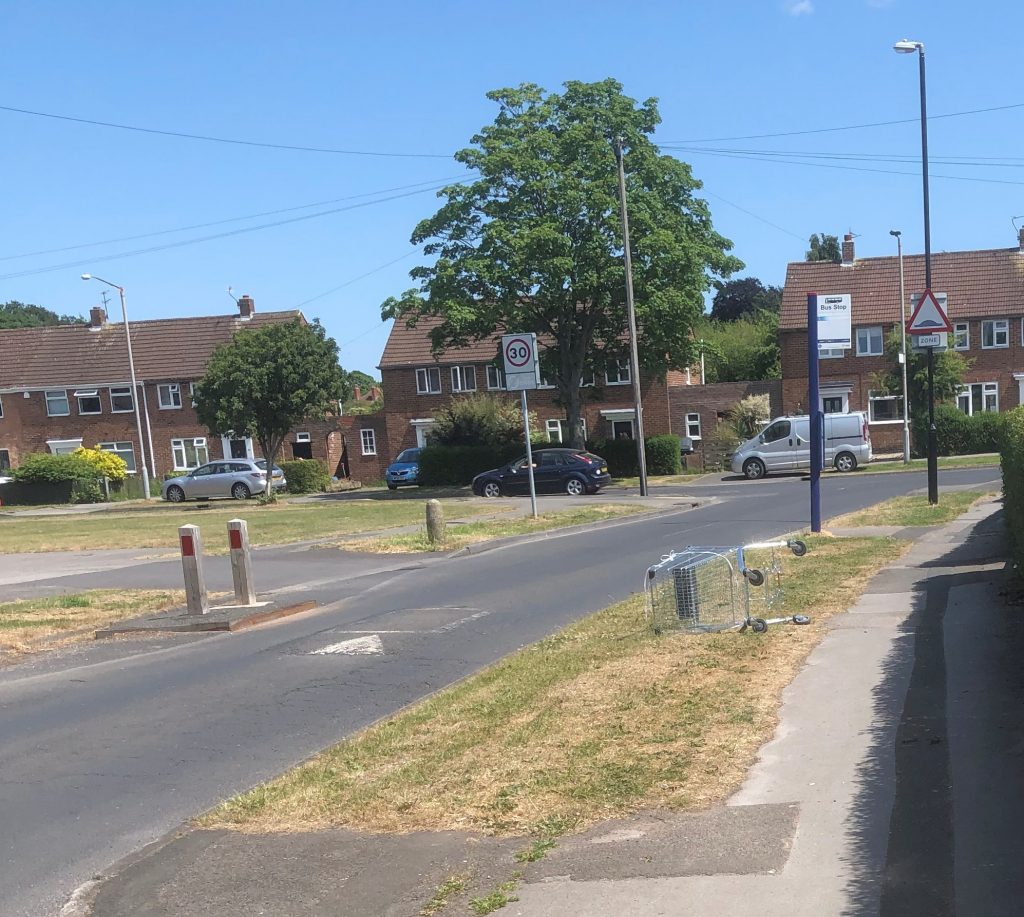
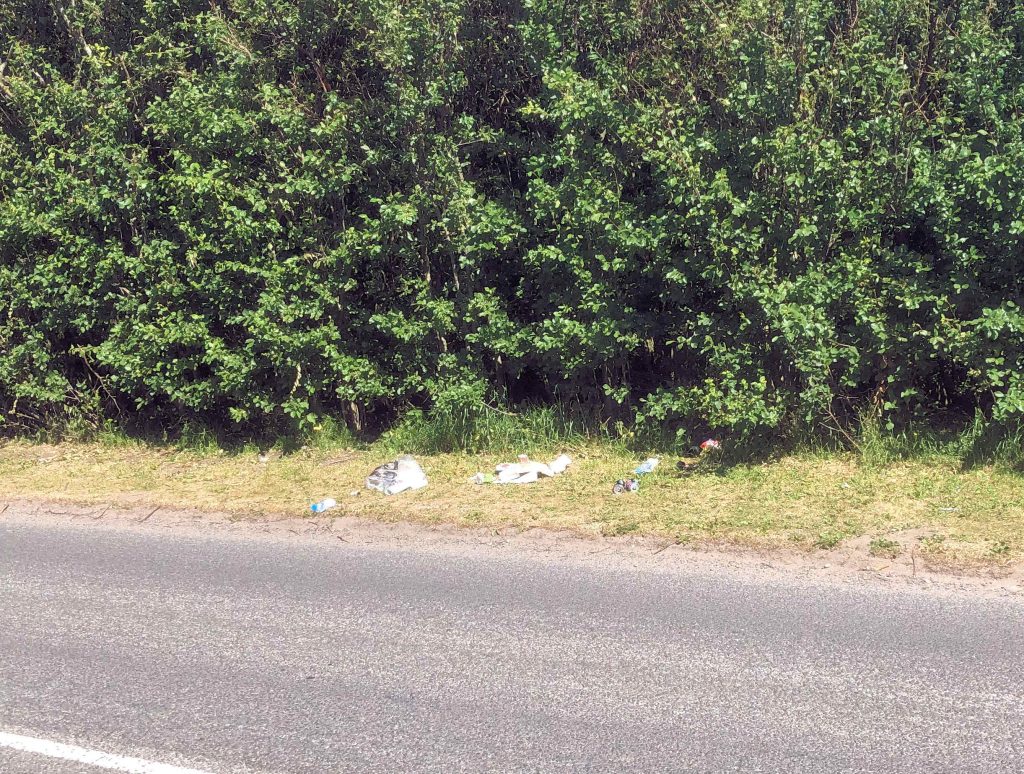
The Council’s weed control programme failed last year but there are hopes that things will be better this year.
We were advised that a first application of weed killer to paths and gutters took place in April.
Recent damp but warm weather has encouraged plant growth and the inevitable appearance of weeds. There seems to be little evidence in some streets and back lanes of “die back” from the application.
However weed control operatives have been seen in various parts of the City so it may be too early to draw conclusions.
One worrying trend has been the reappearance of tough weeds like “Horses/Mares Tail”. There have been sightings of this pervasive and destructive weed in several locations including Windsor Garth, Green Lane, Kir Crescent and Marston Avenue. In each case damage is being caused to footpath or road surfaces. This is likely to be expensive to repair.
There is a proprietary “diamond” weed killer which eliminates weeds like this as well as nettles and thistles. It is not clear whether the Council has specified the use of this product in problem areas.
If it hasn’t then it needs to get a move on with applying the chemical quickly to avoid further damage and expense.
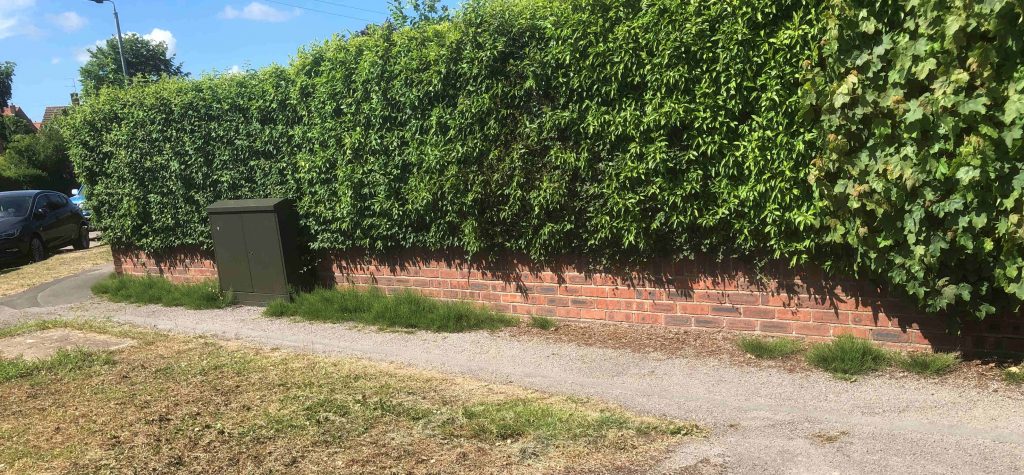
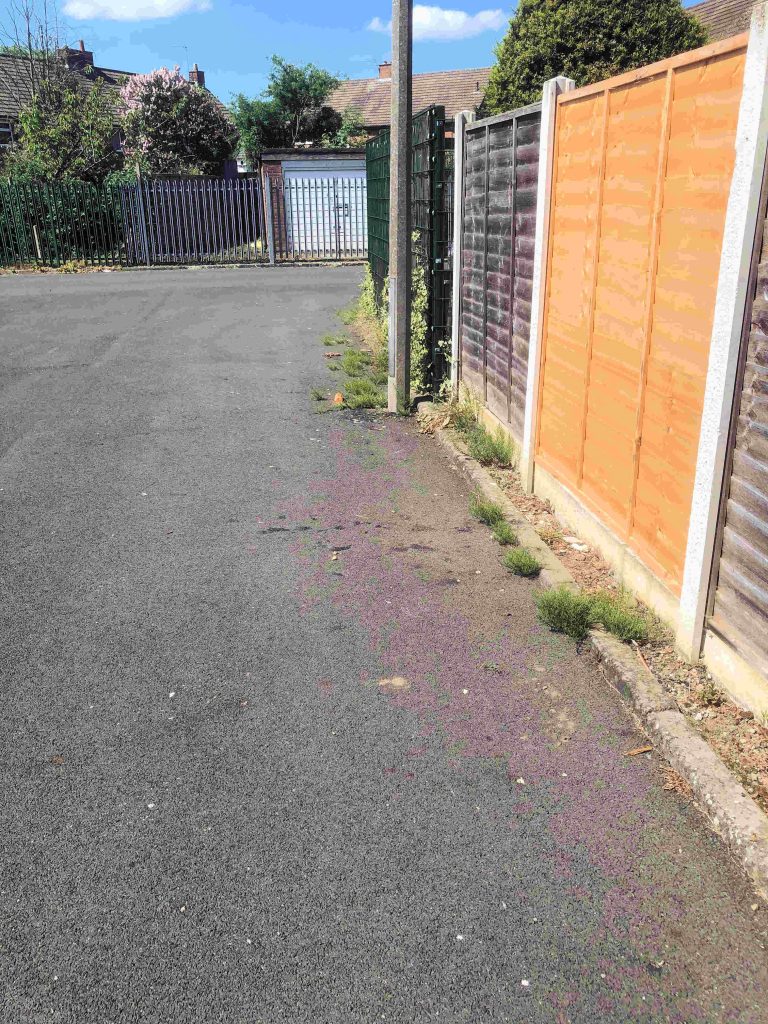
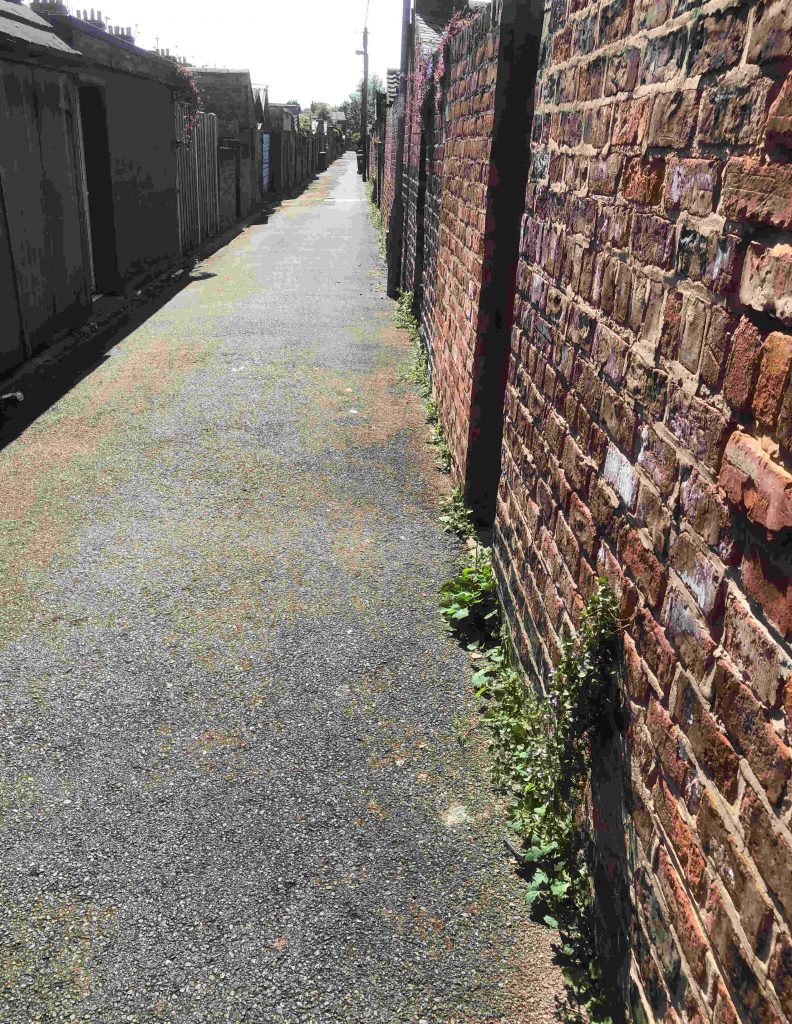
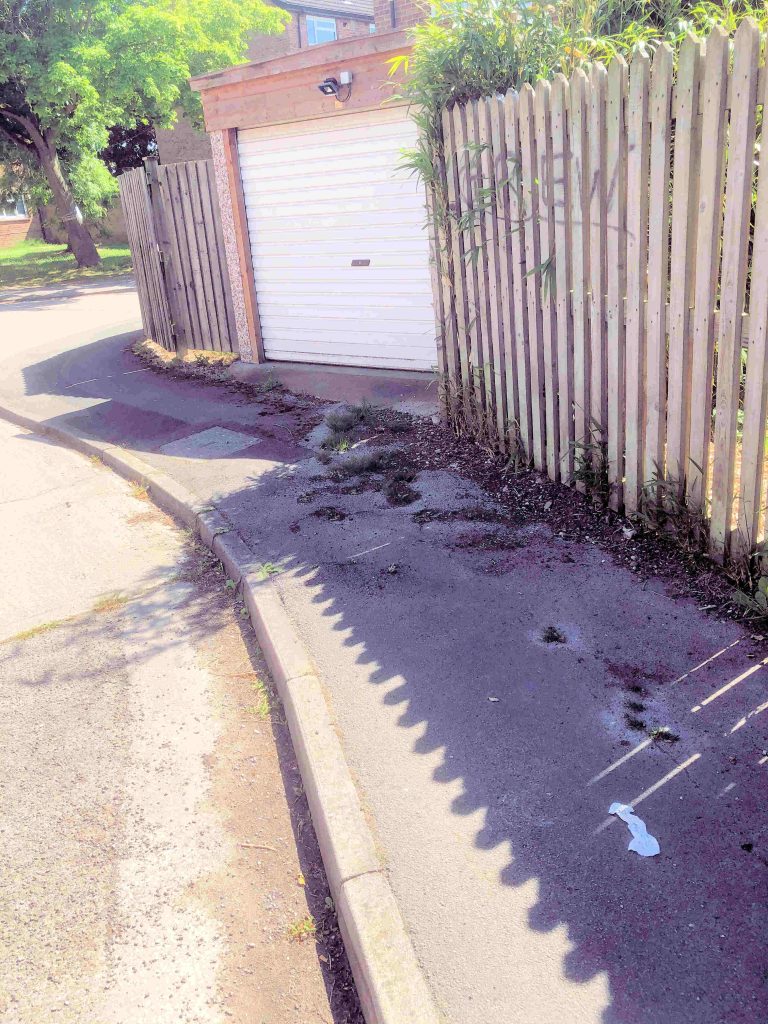
The Council has tweeted today asking people to ensure that any boundary hedges are trimmed back from public roads and paths. They say this will help with “social distancing”.
The Council is right to do so.
Many people will have time to undertake the chore during the bank holiday weekend.
The Council also rightly asks hedge owners to be careful not to disturb any birds which may be nesting in the hedge.
Hedges overgrowing back lanes are a particular issue in some areas
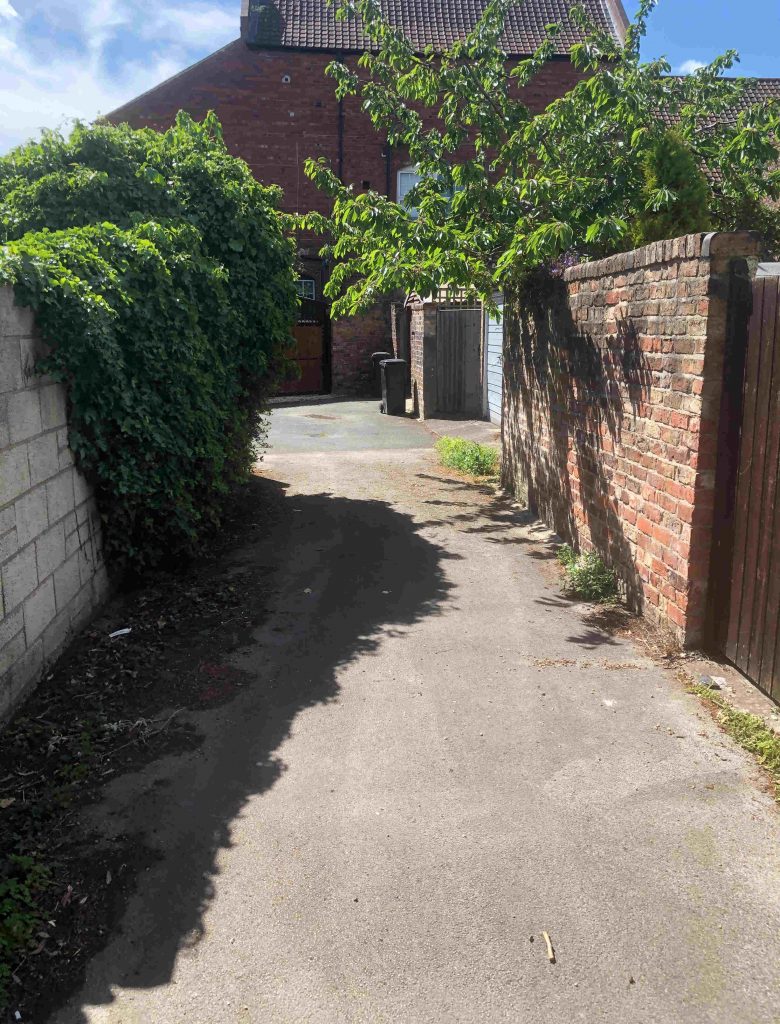
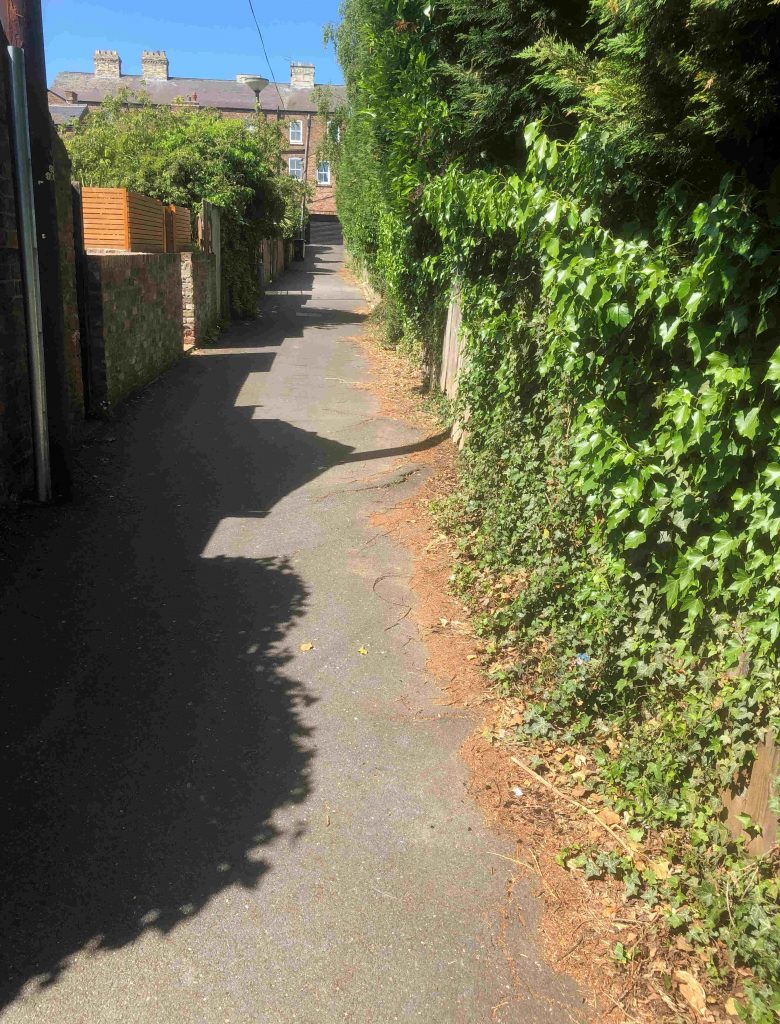
Meanwhile there has been rapid grass growth this week with several verges and amenity areas becoming overgrown. We have reported several.
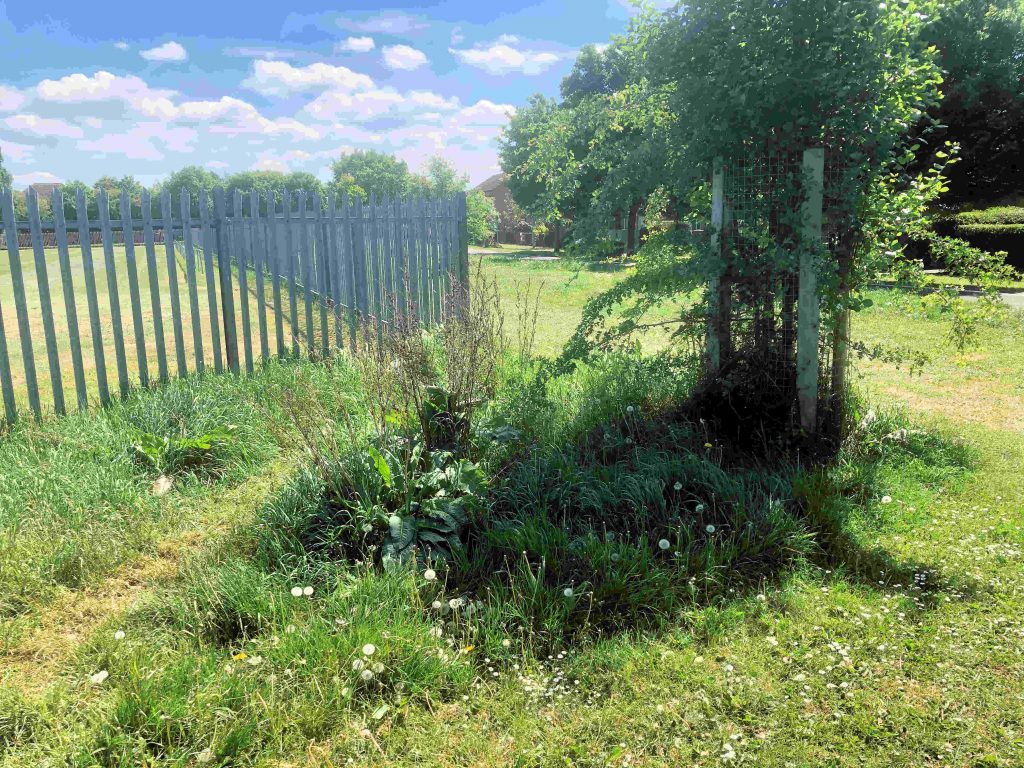
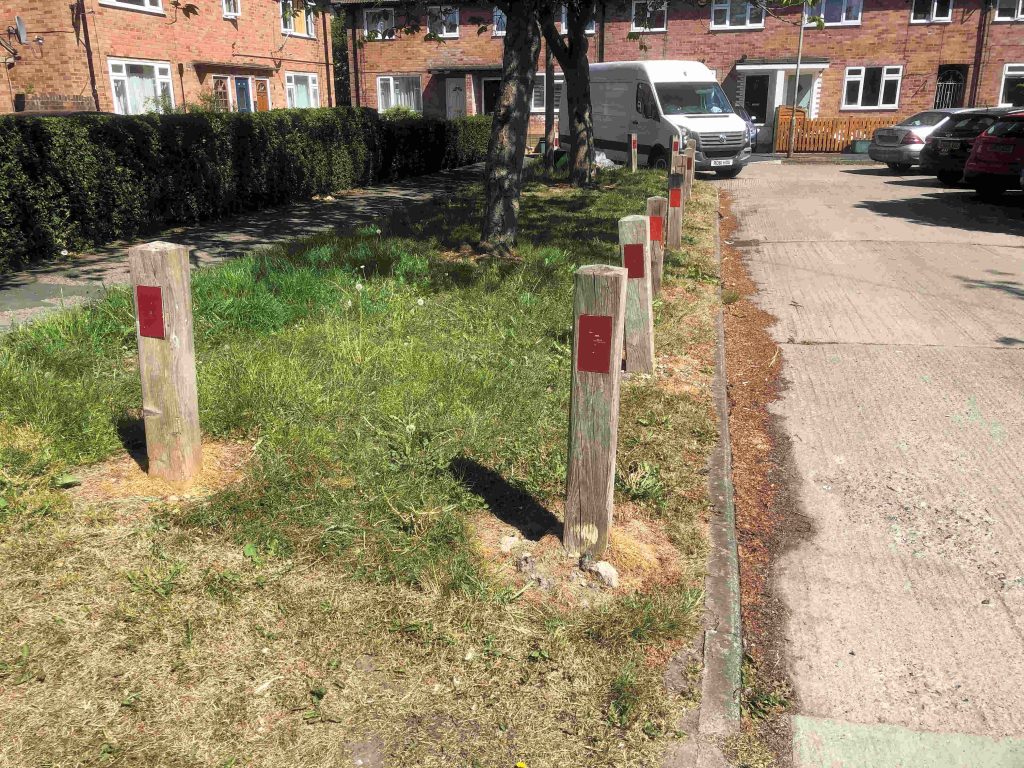
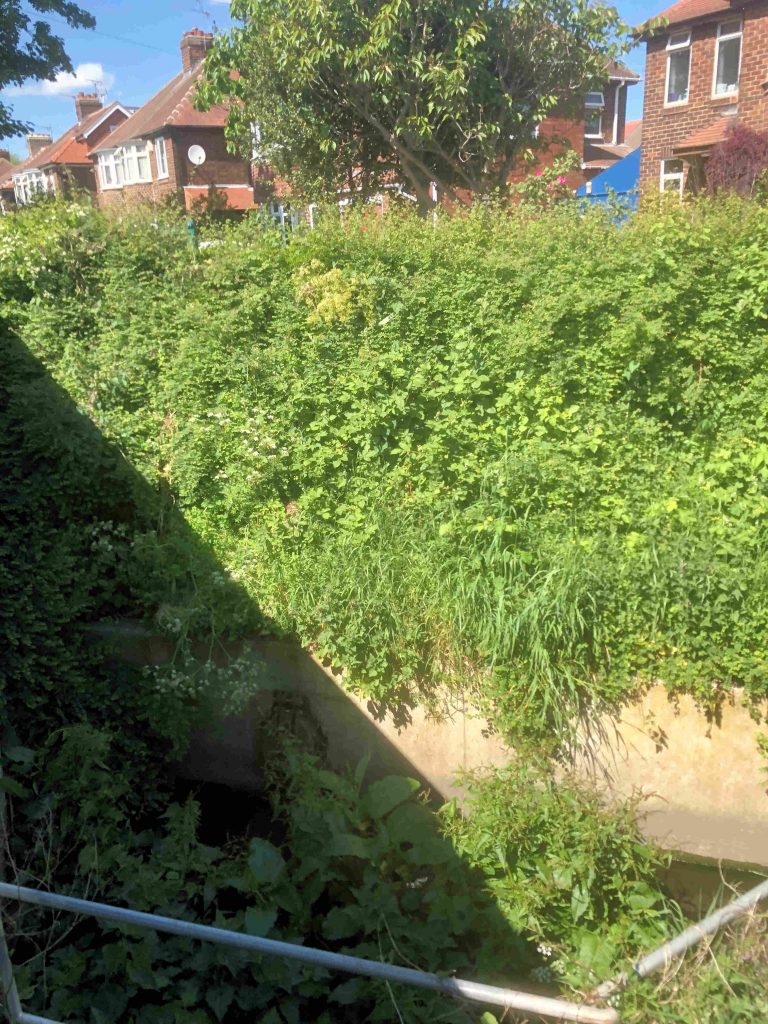
The Council has started to put signs out warning about upcoming road resurfacing schemes in areas like Tadcaster Road, Nunnery Lane and James Street.
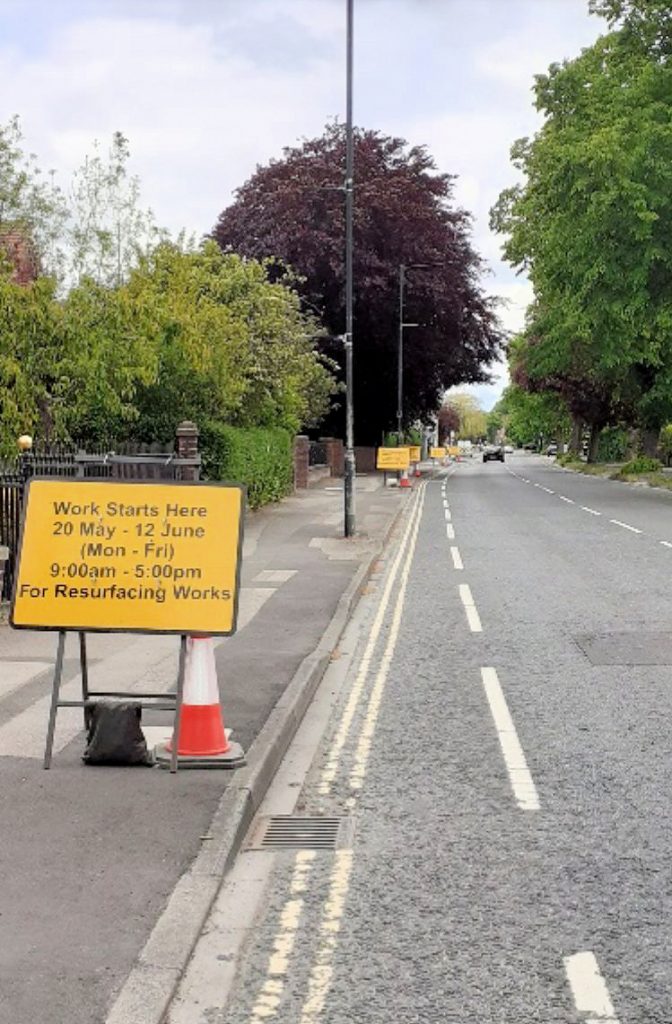
Unfortunately some of the signs are blocking footpaths making “social distancing” more difficult.
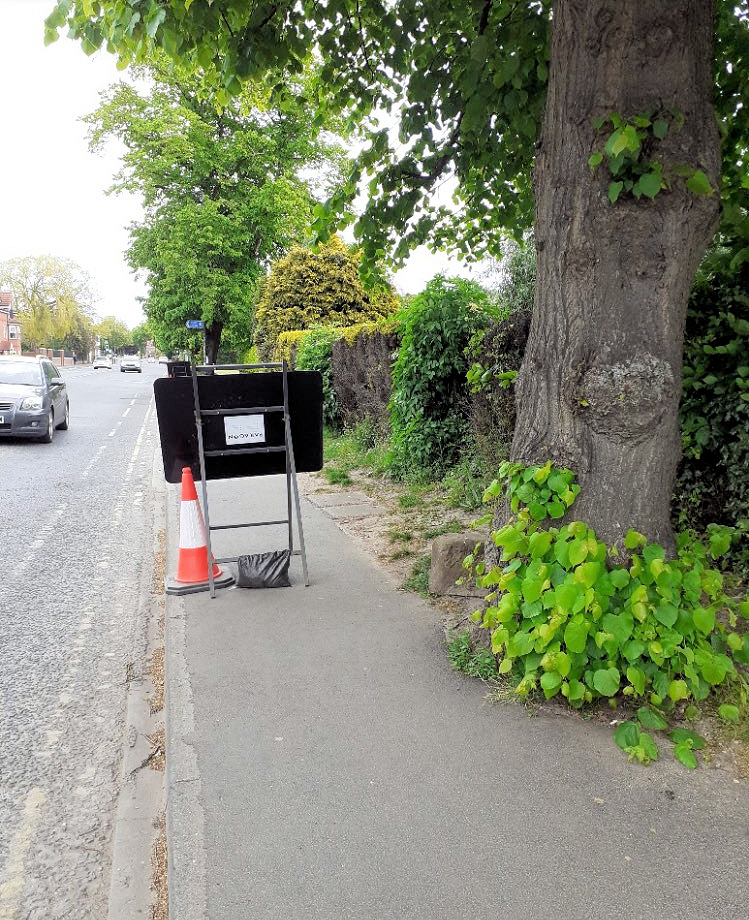
Some Councillors have promised to take up the issue but really a more fundamental change is needed.
Signs could be place on lampposts at a height that would inconvenience no one while being clearer to all road and path users.
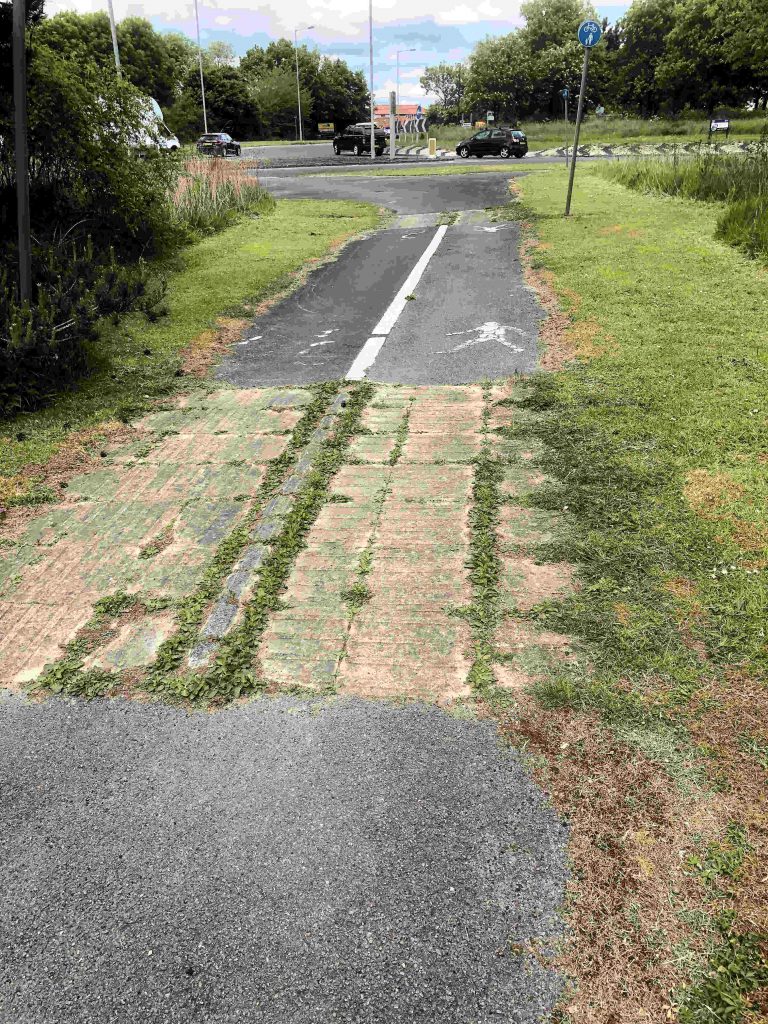
There are also increasing problems with paths being blocked by overgrown hedges while weed growth go unchecked on the path surfaces.
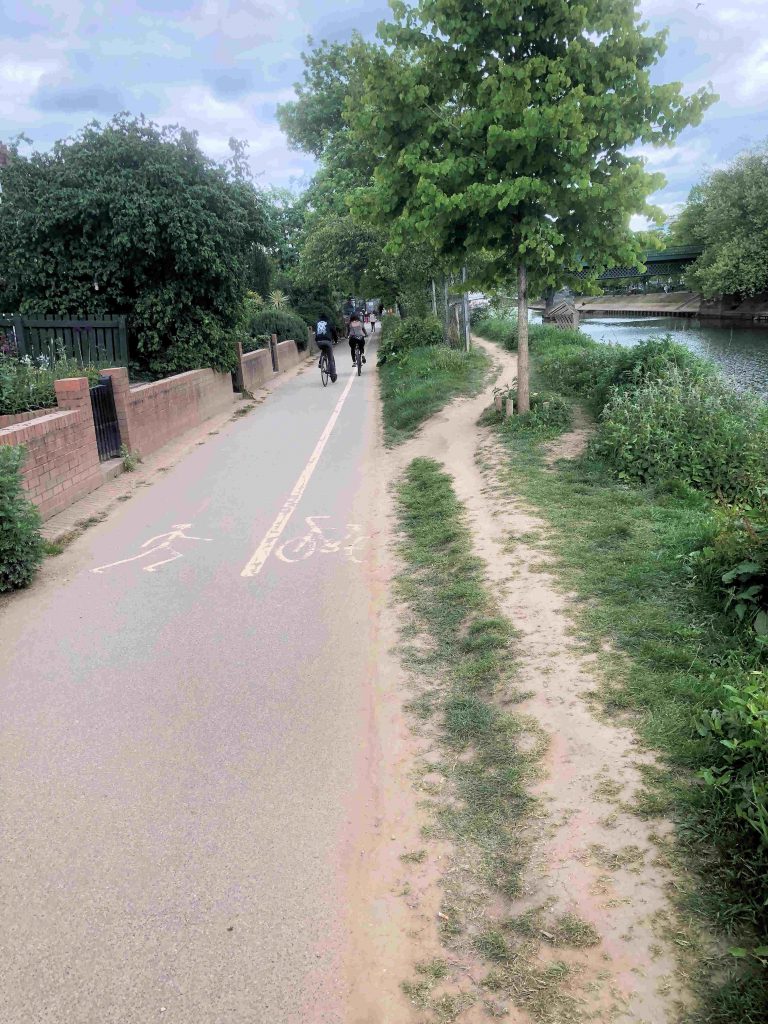
There are concerns that some locations, which had problems with weed growth in 2019, have again been omitted from this year’s treatment programme.
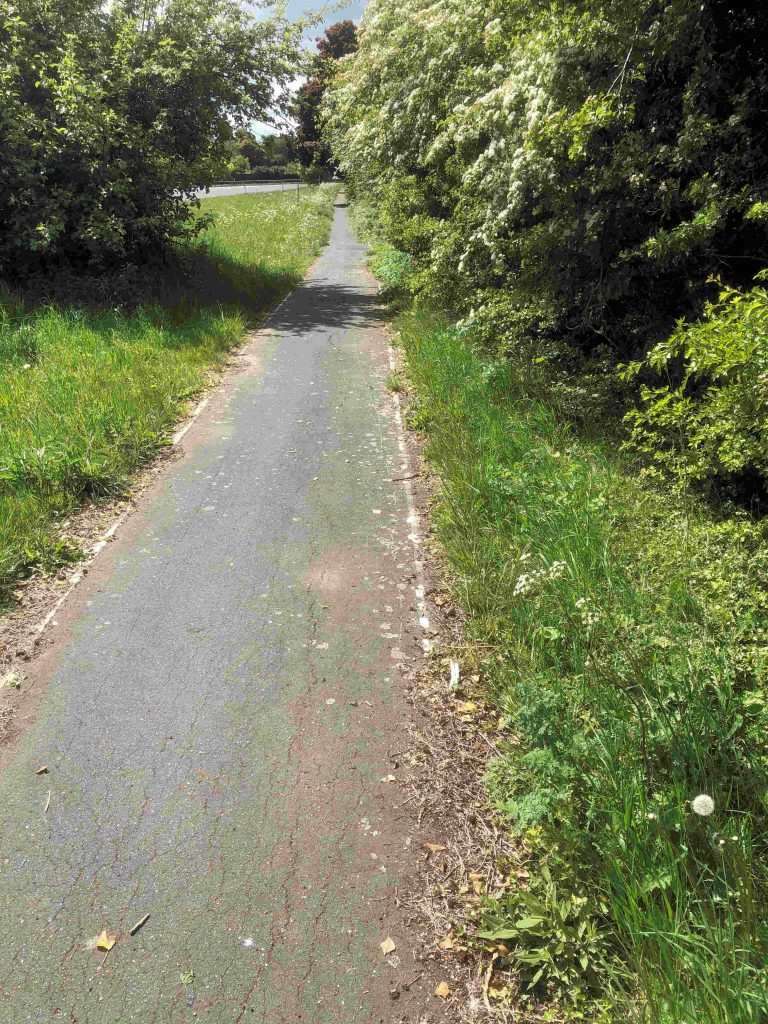
There is little evidence of “die back” on some routes despite the first treatment cycle having finished.
